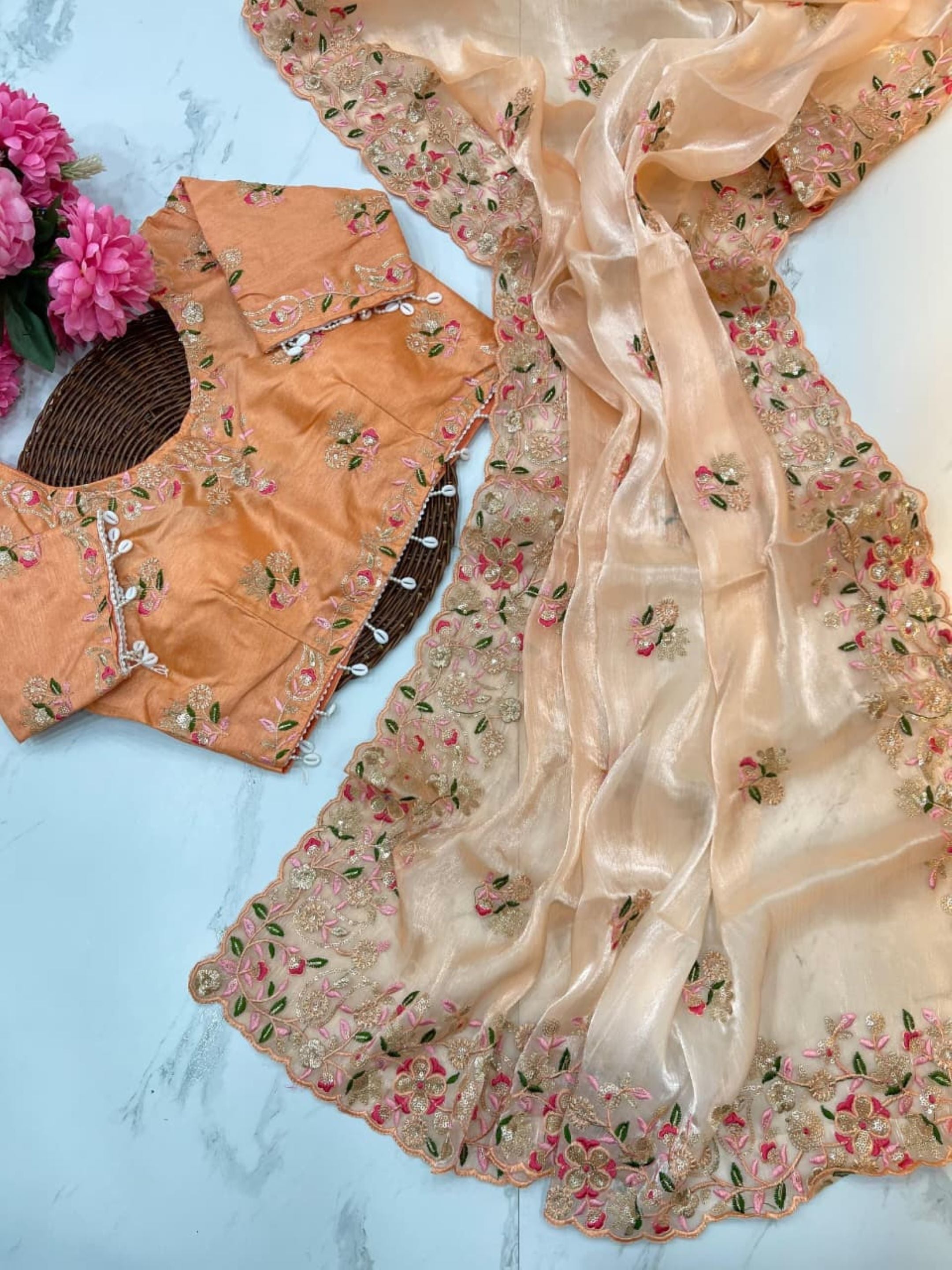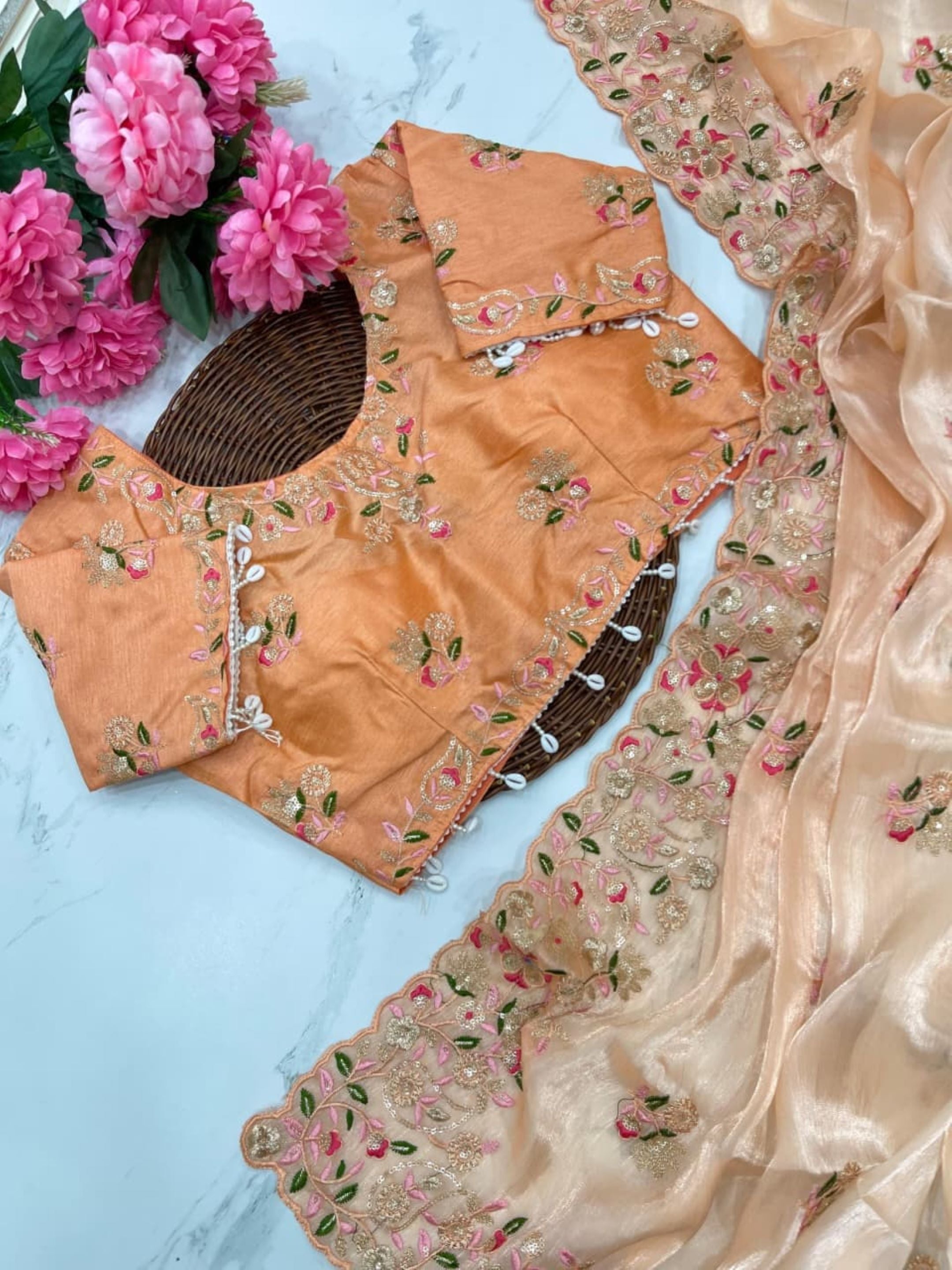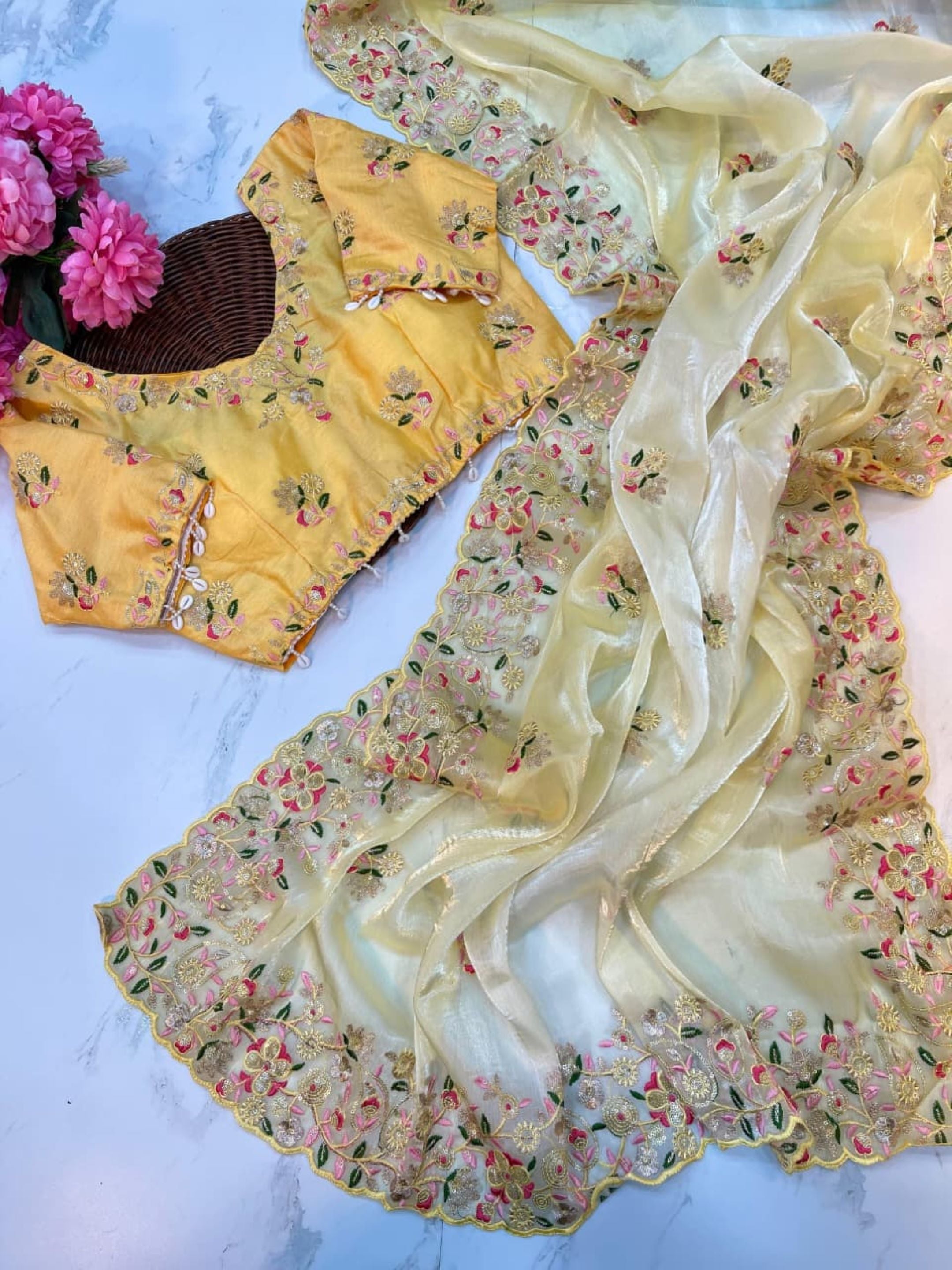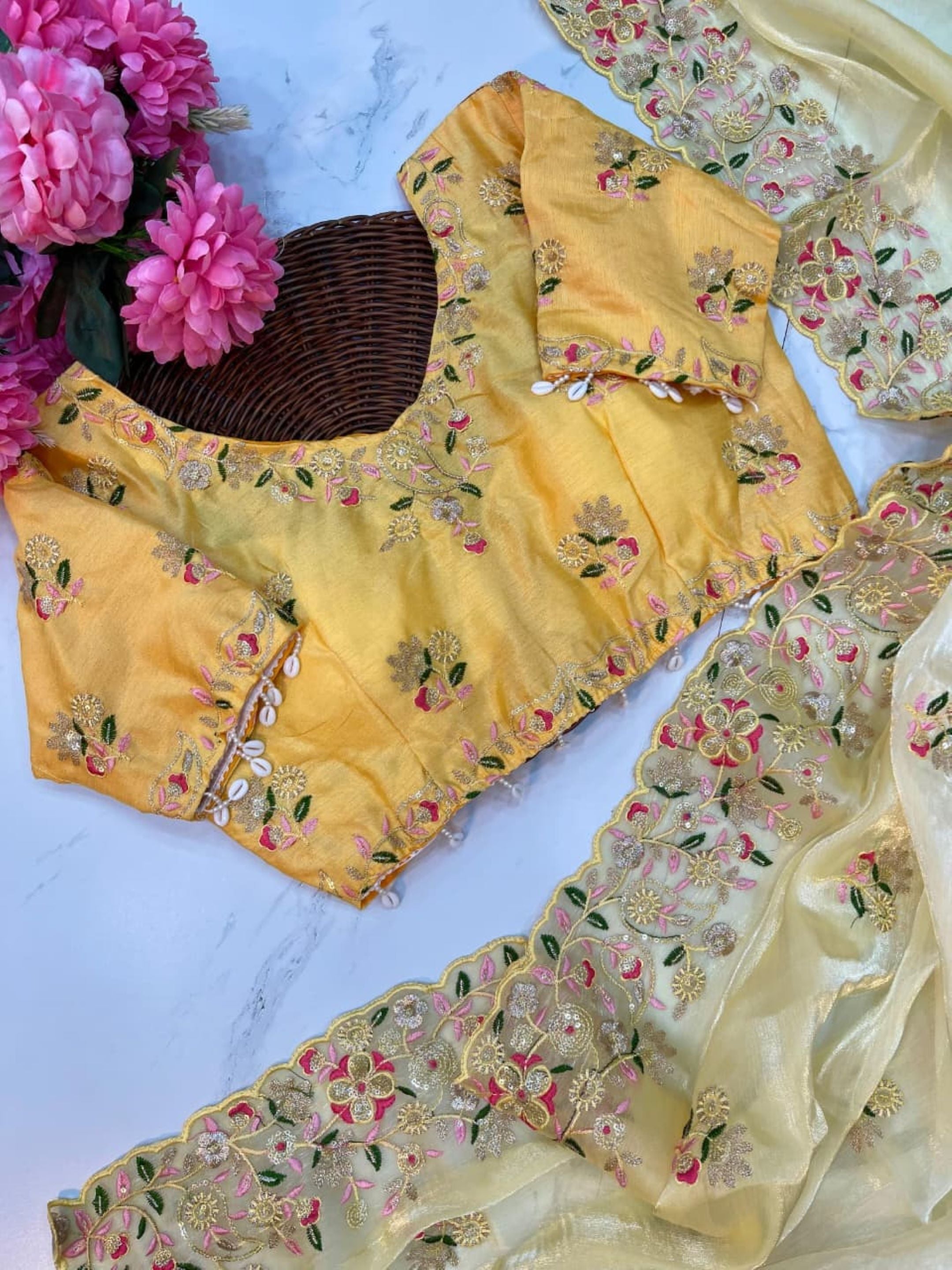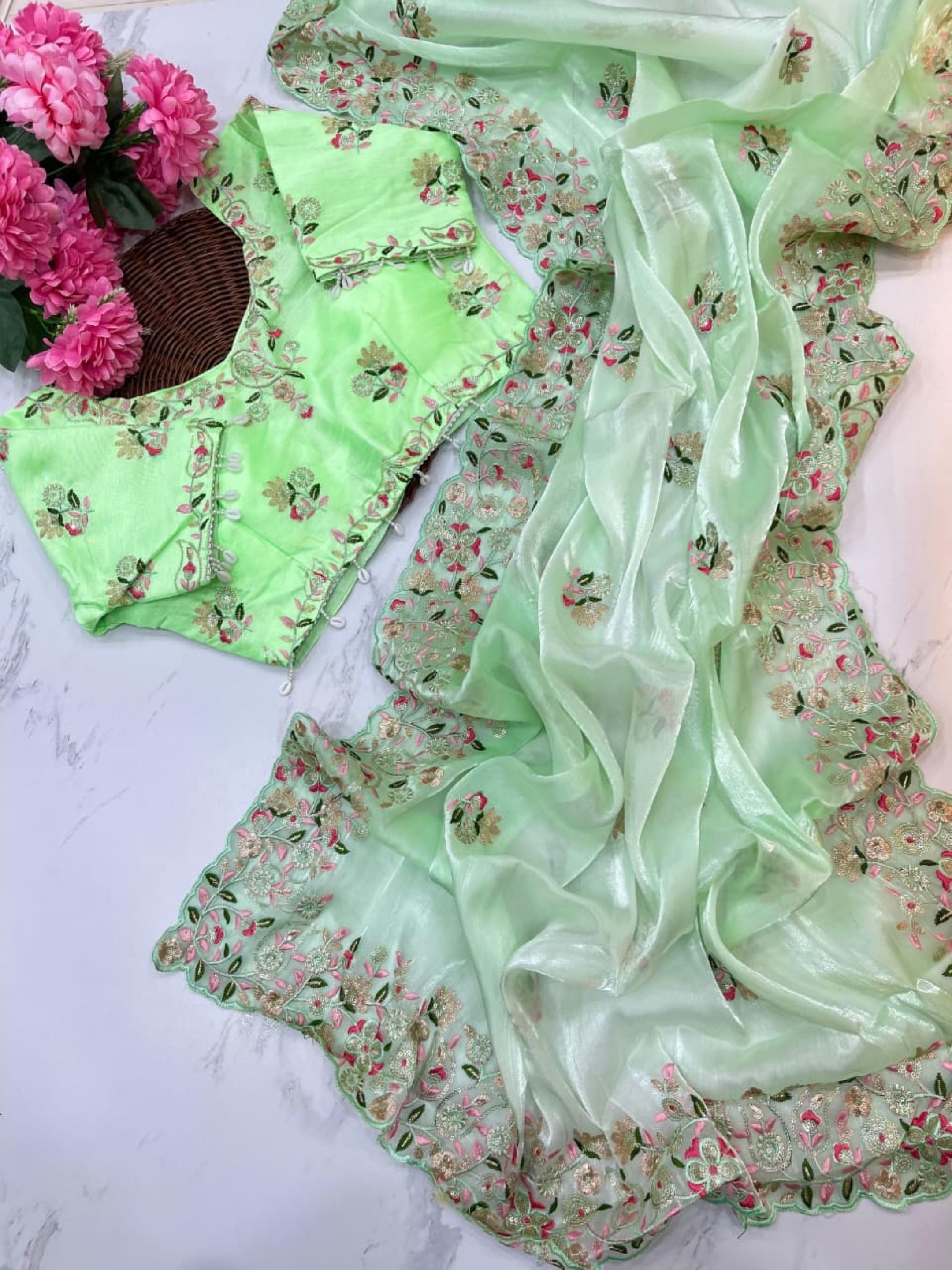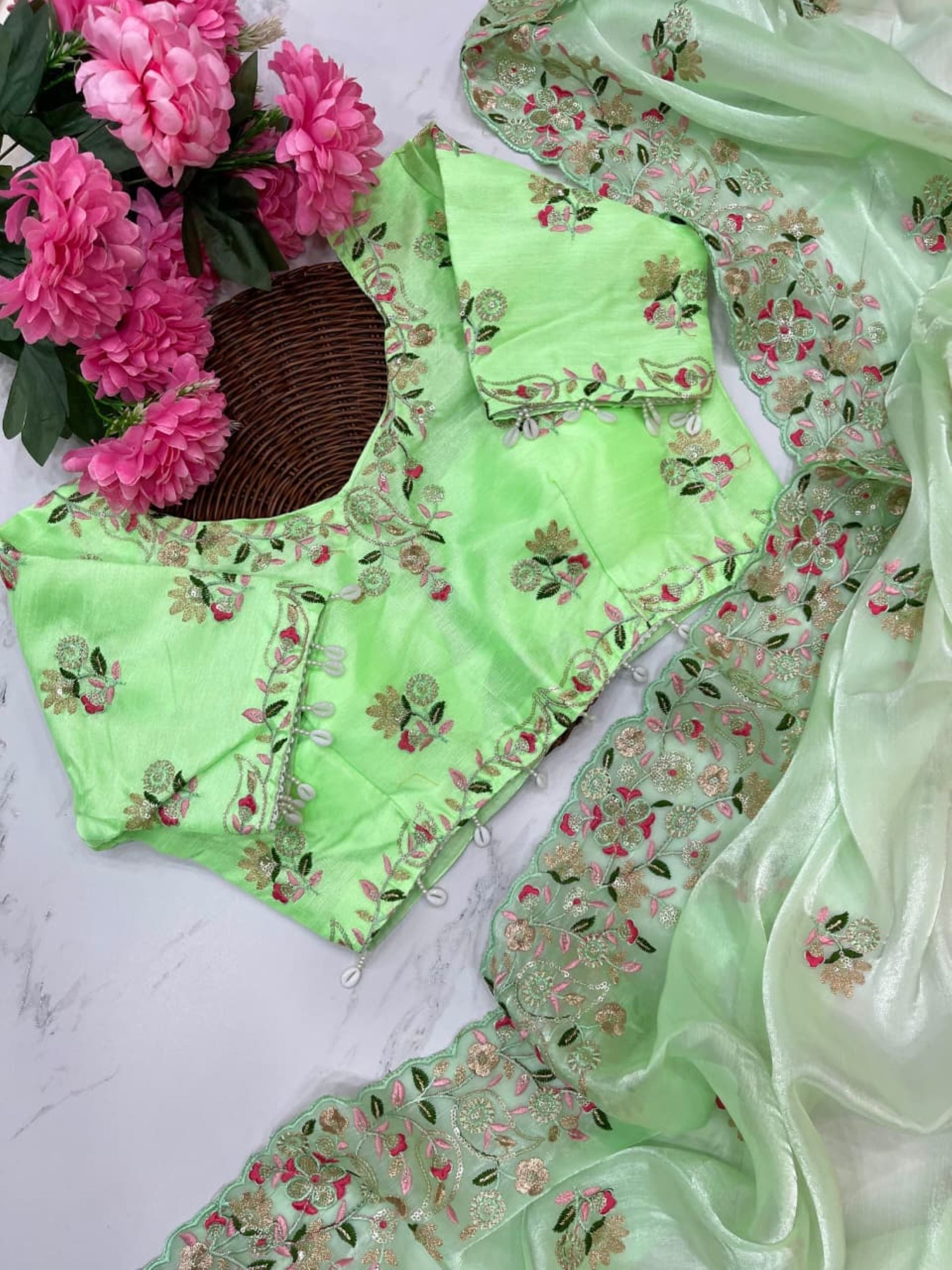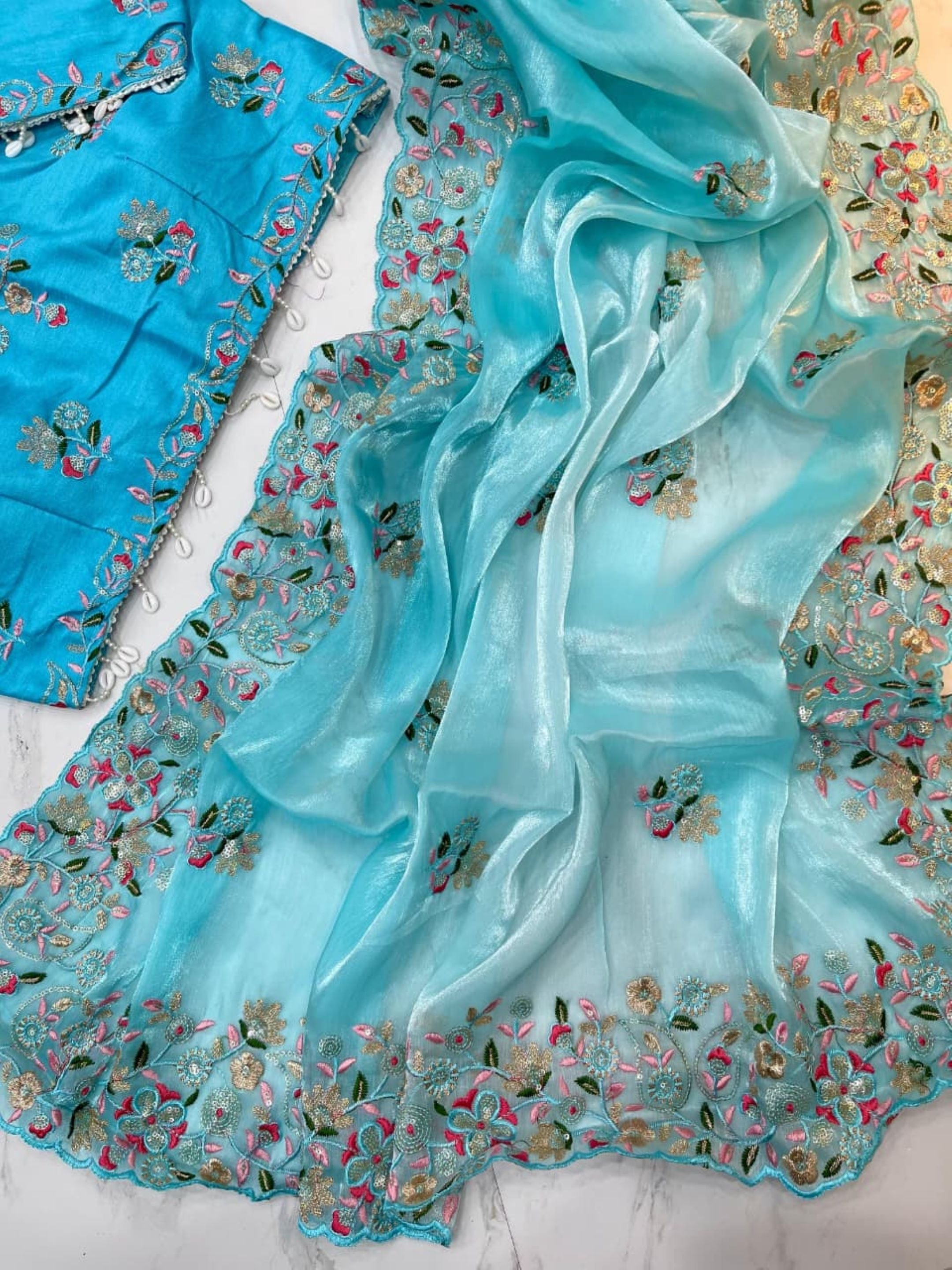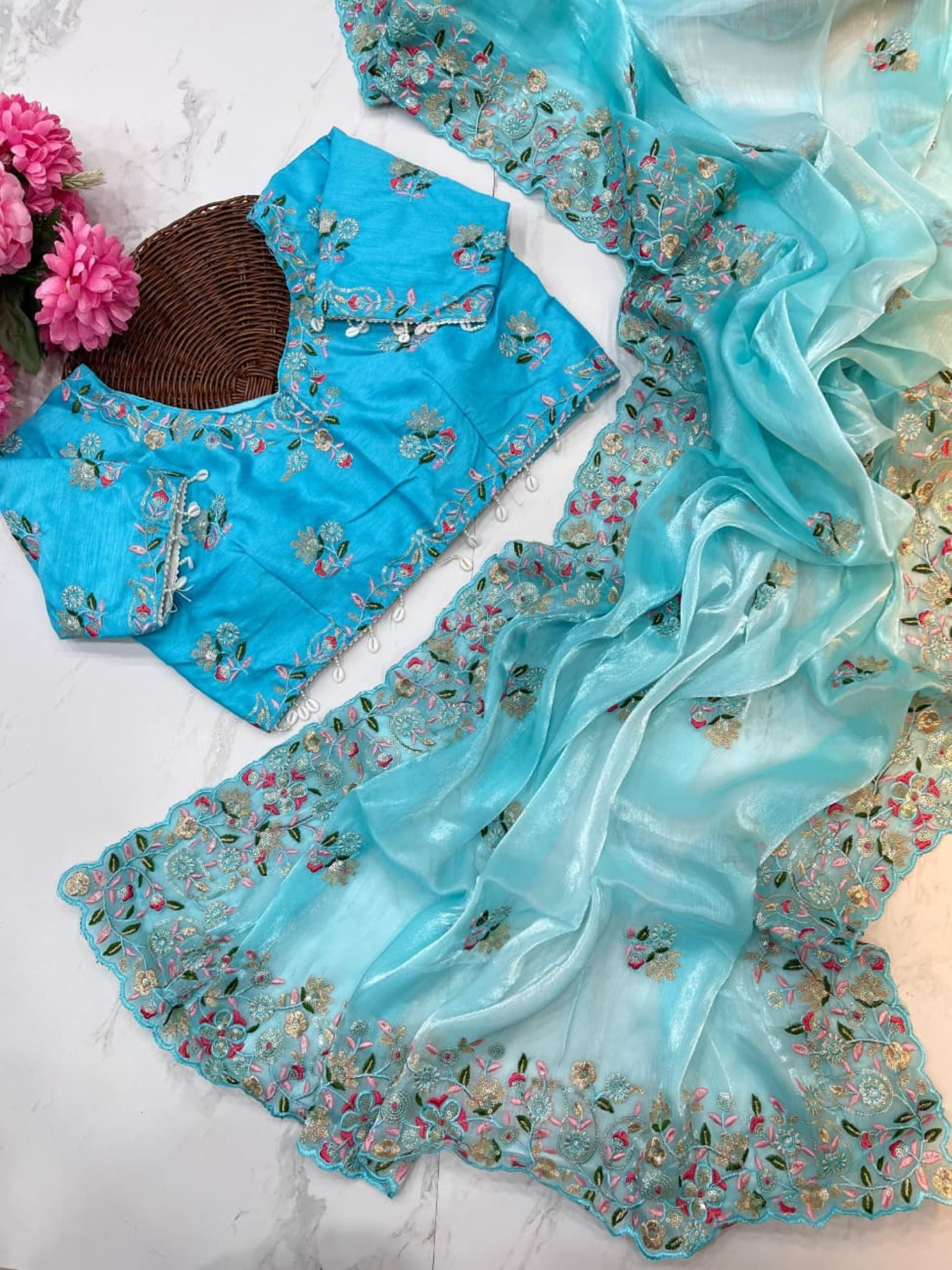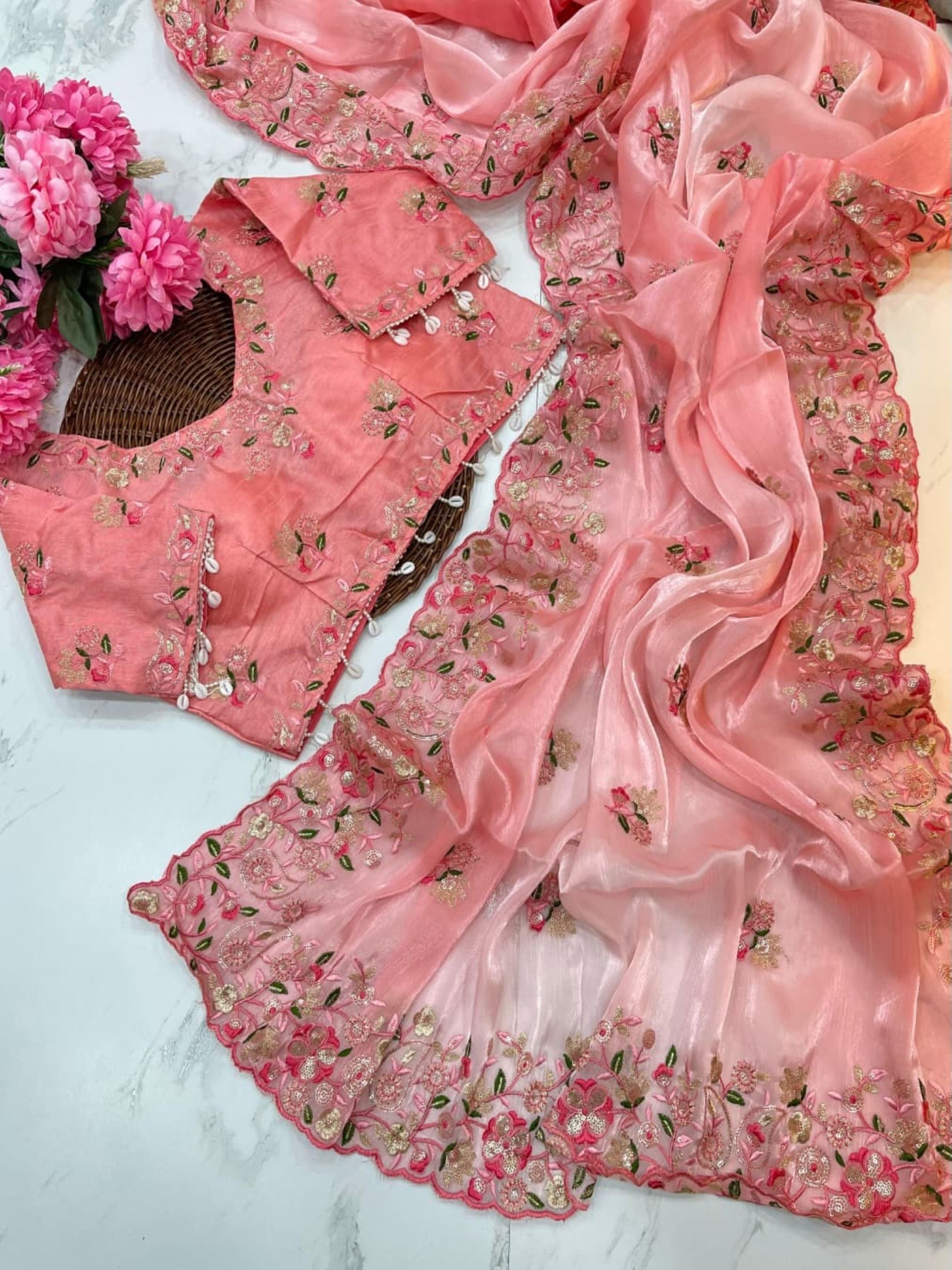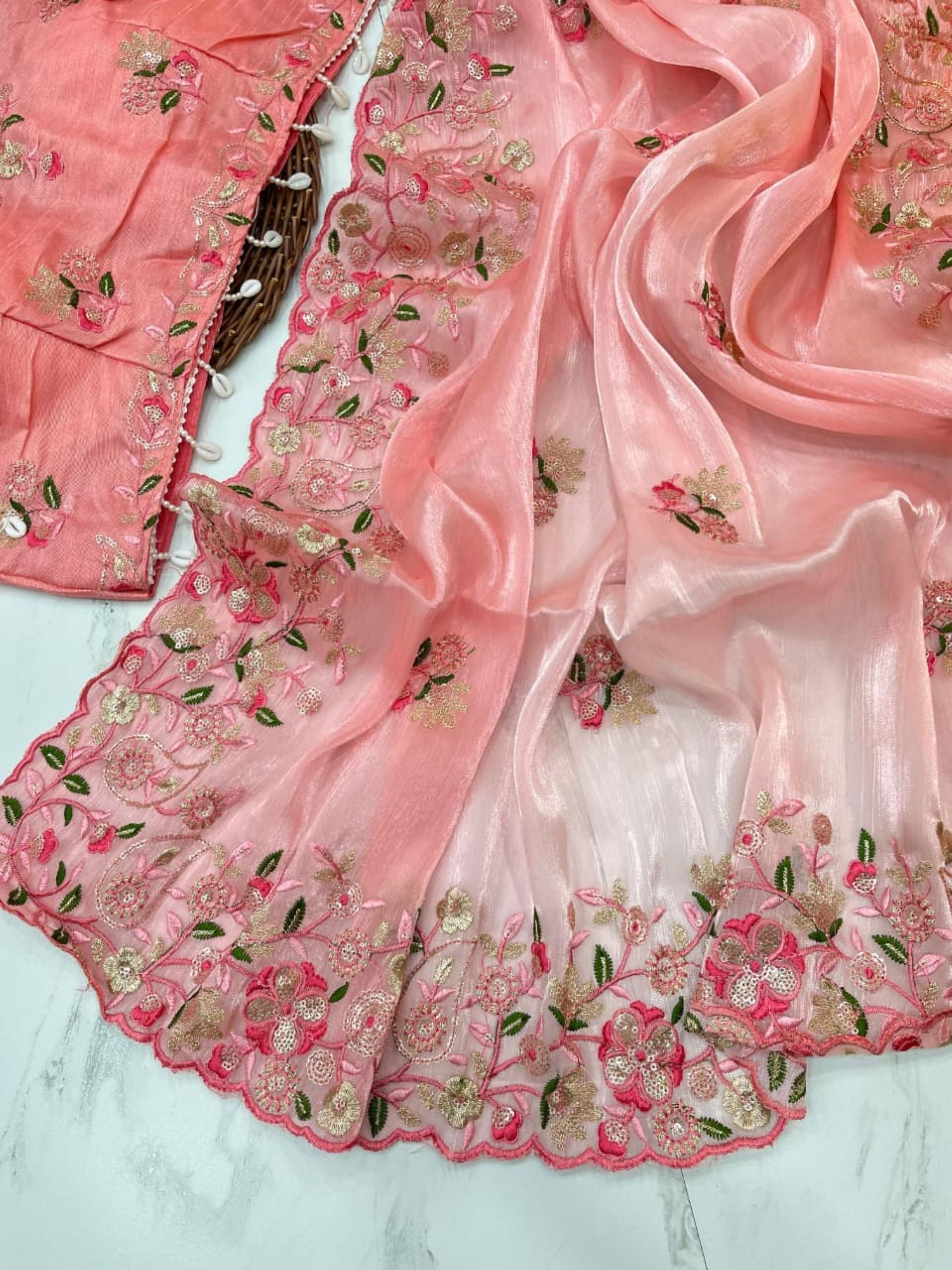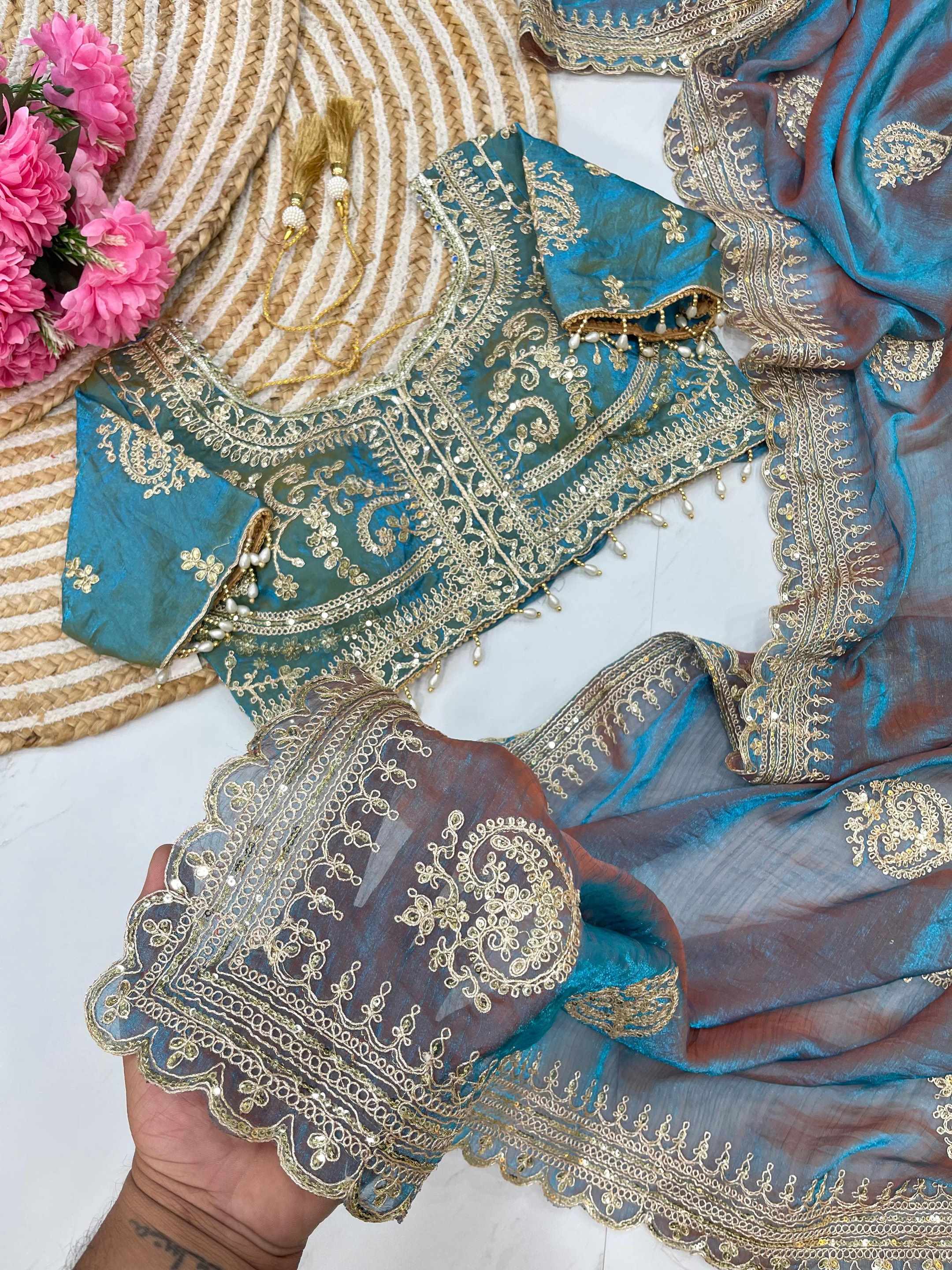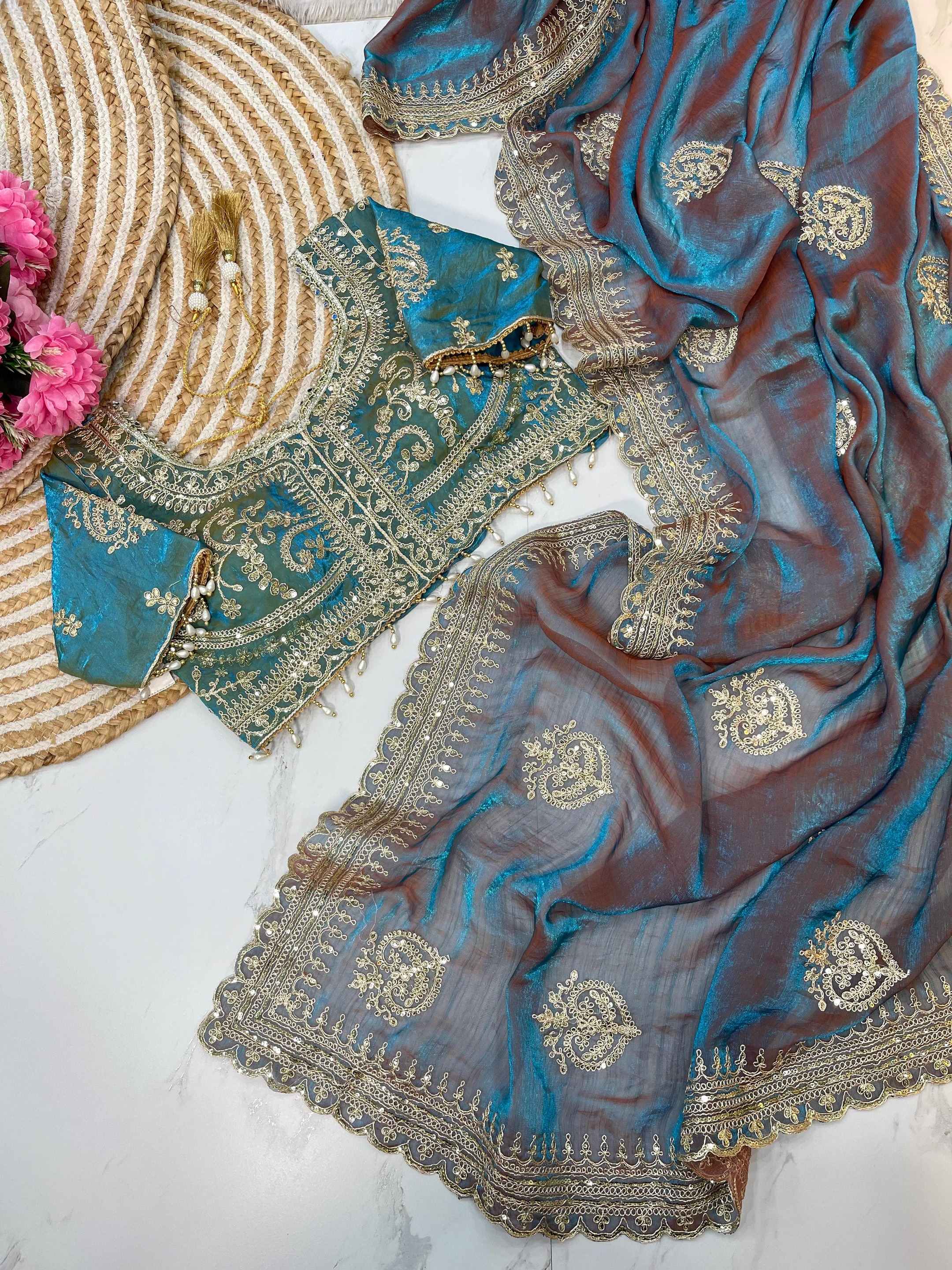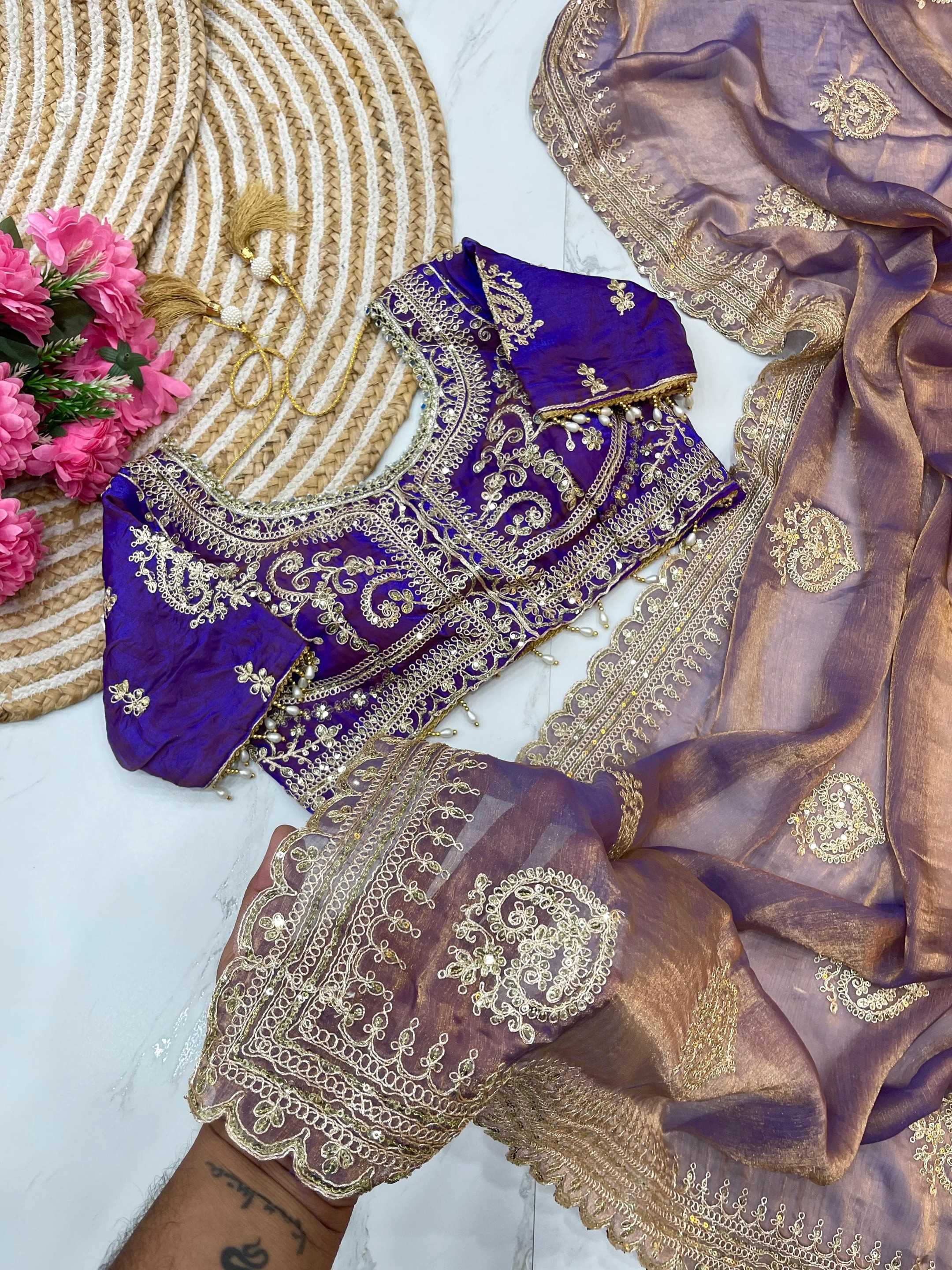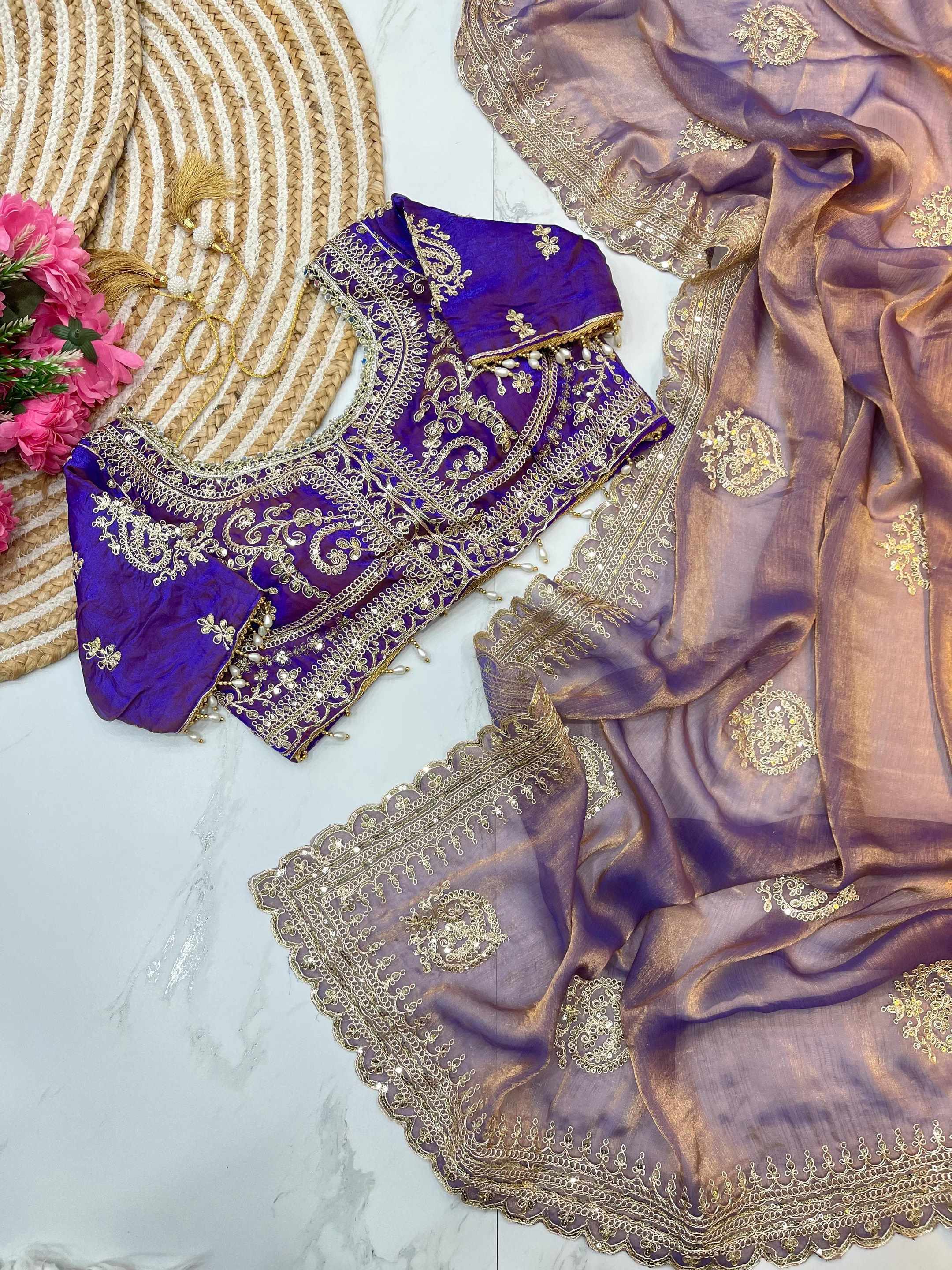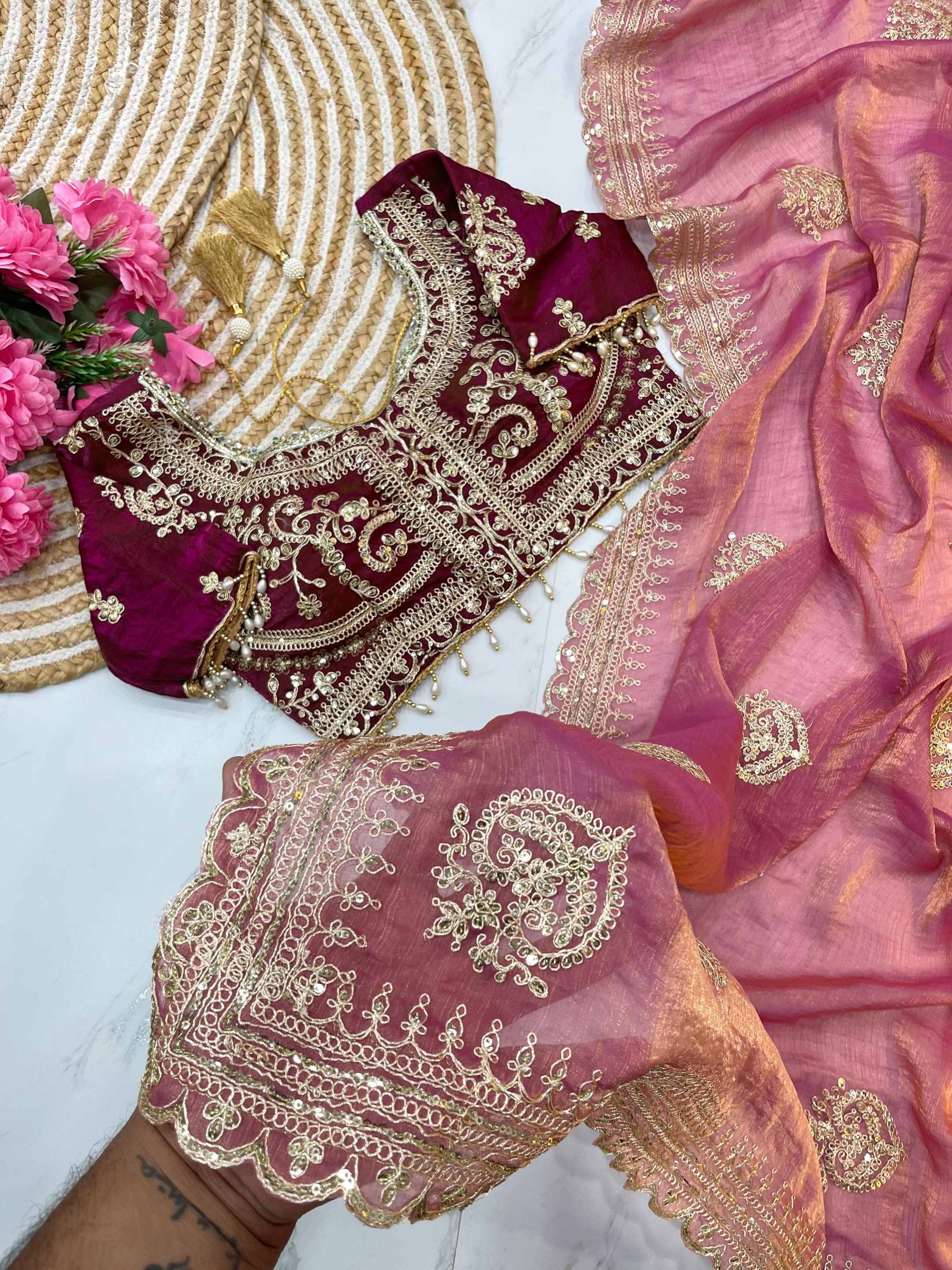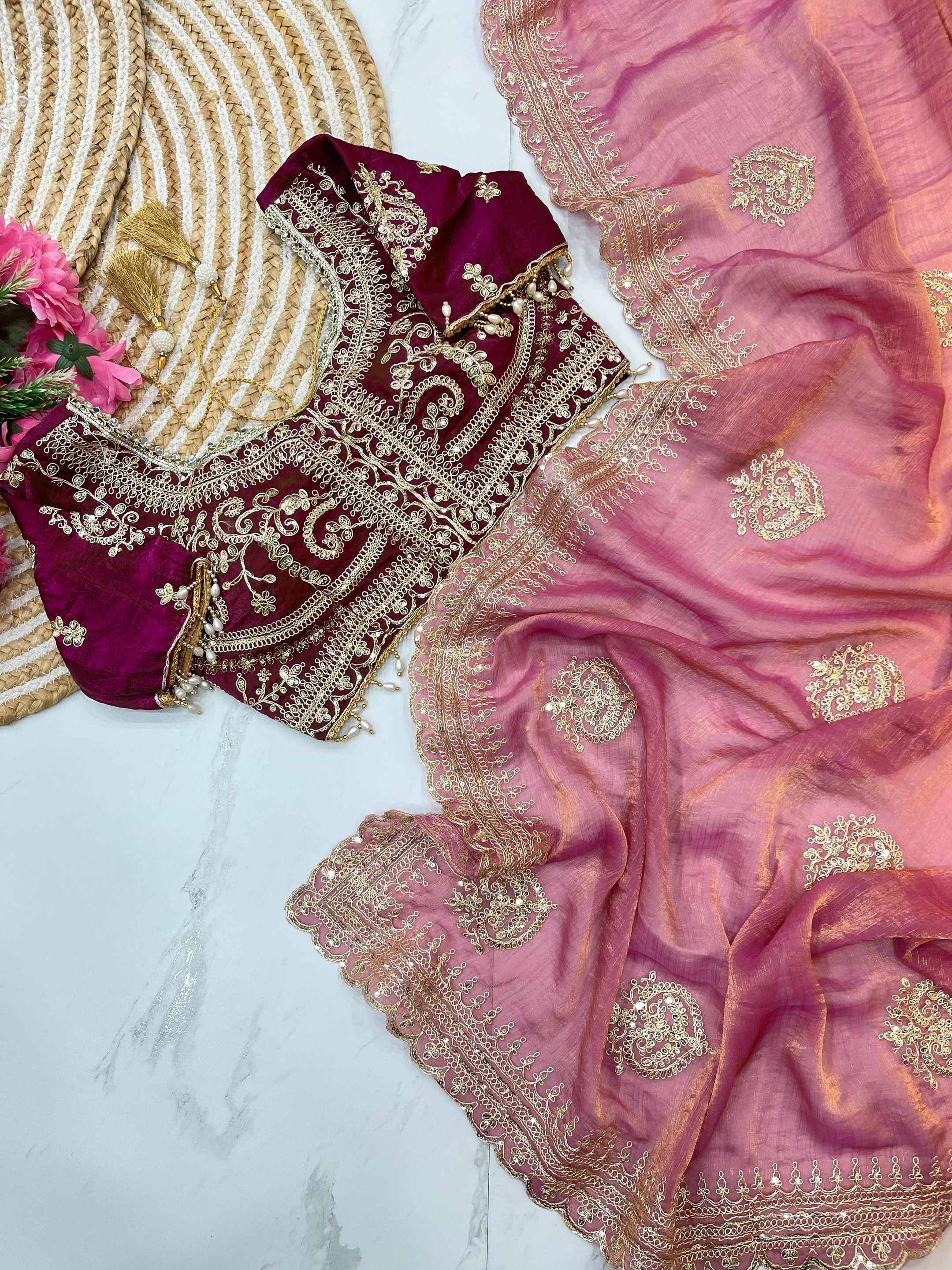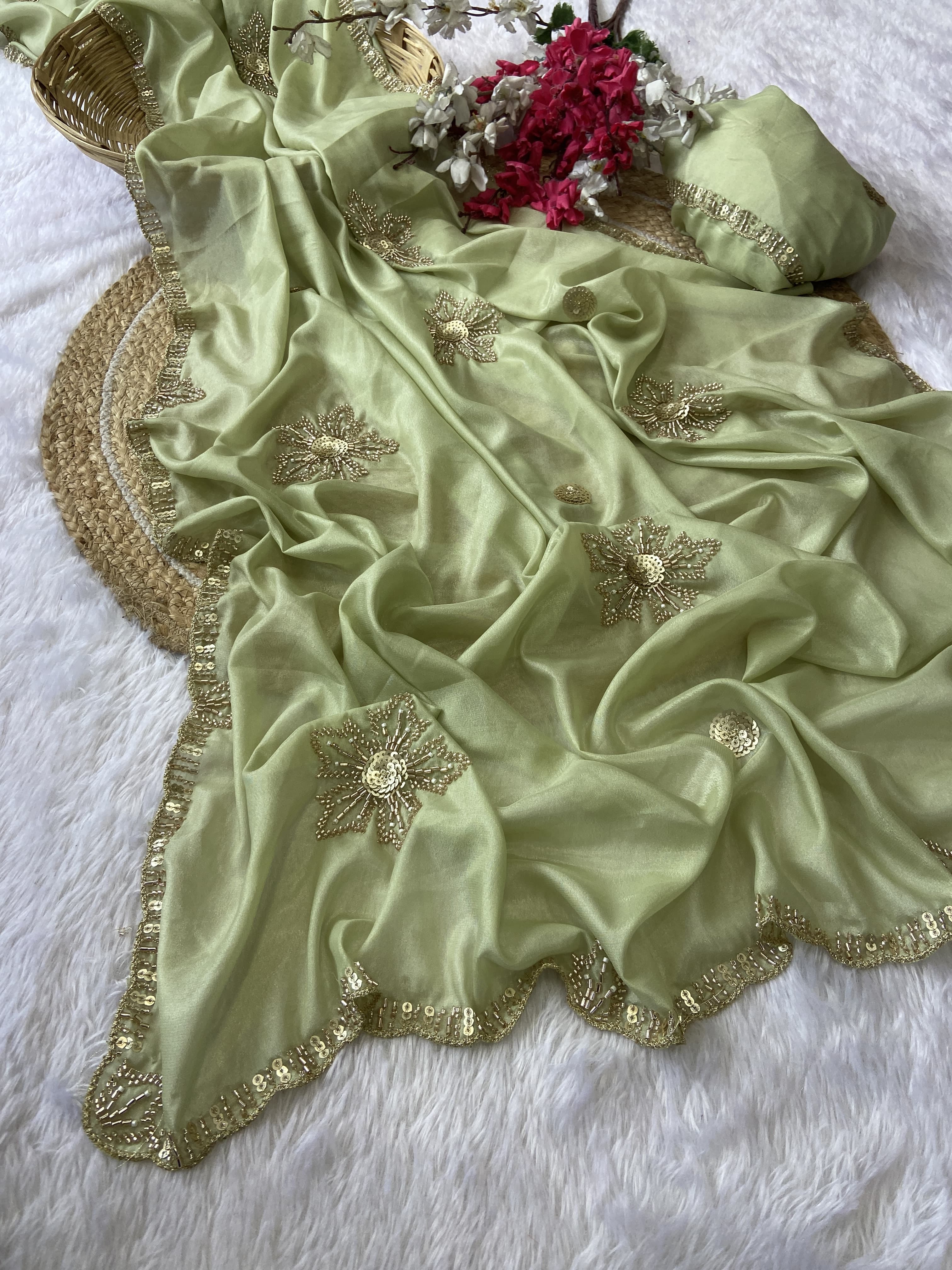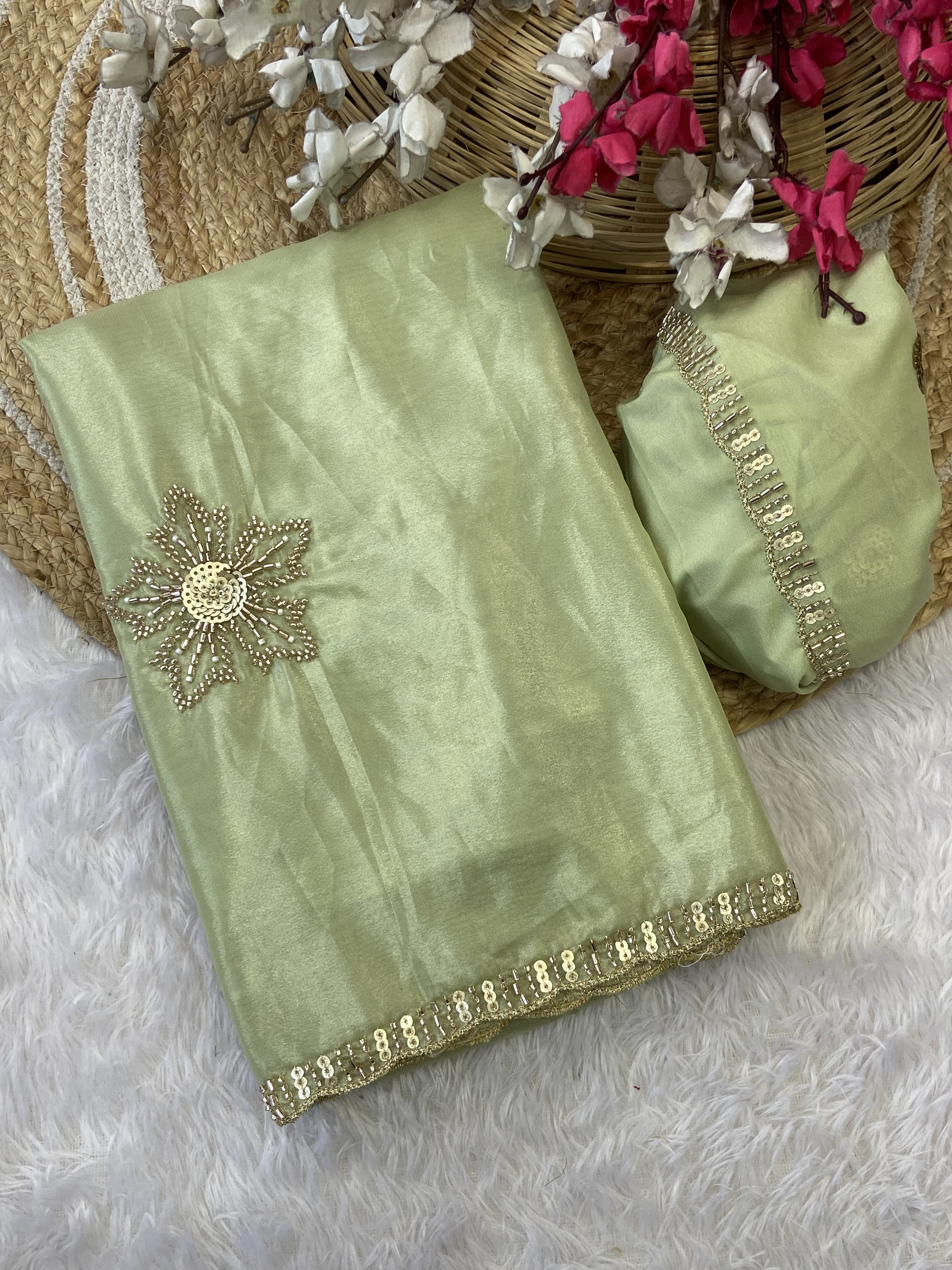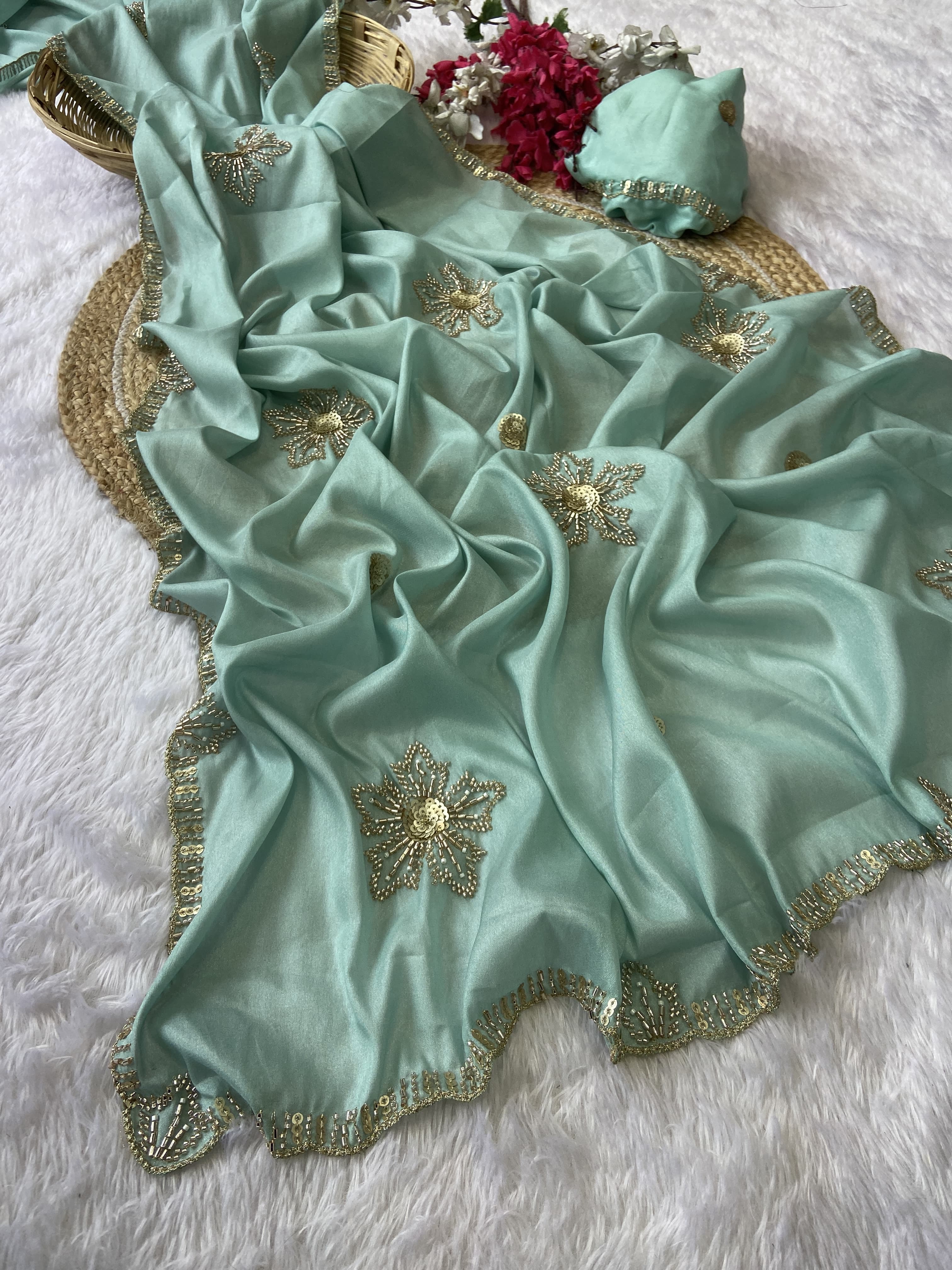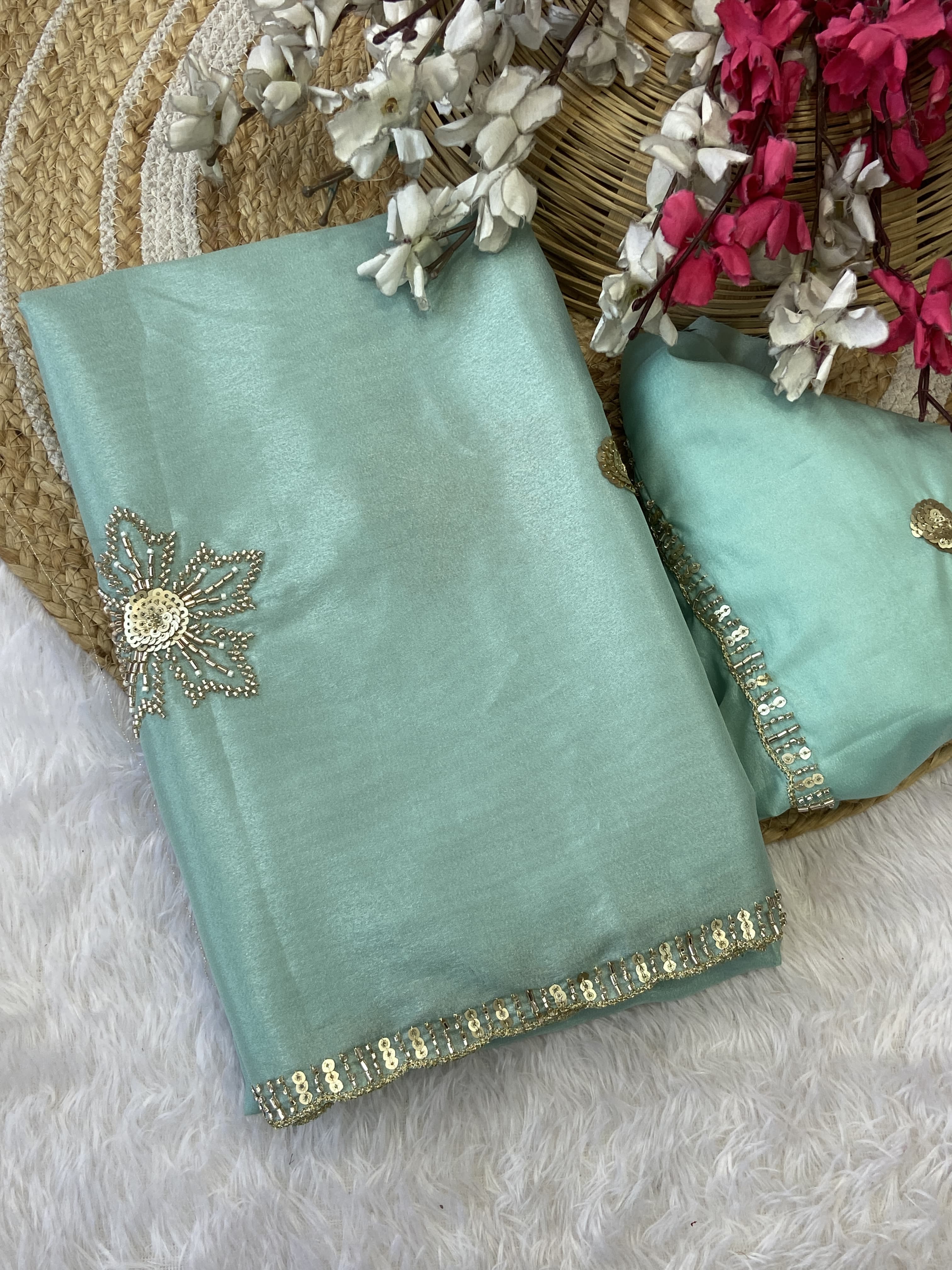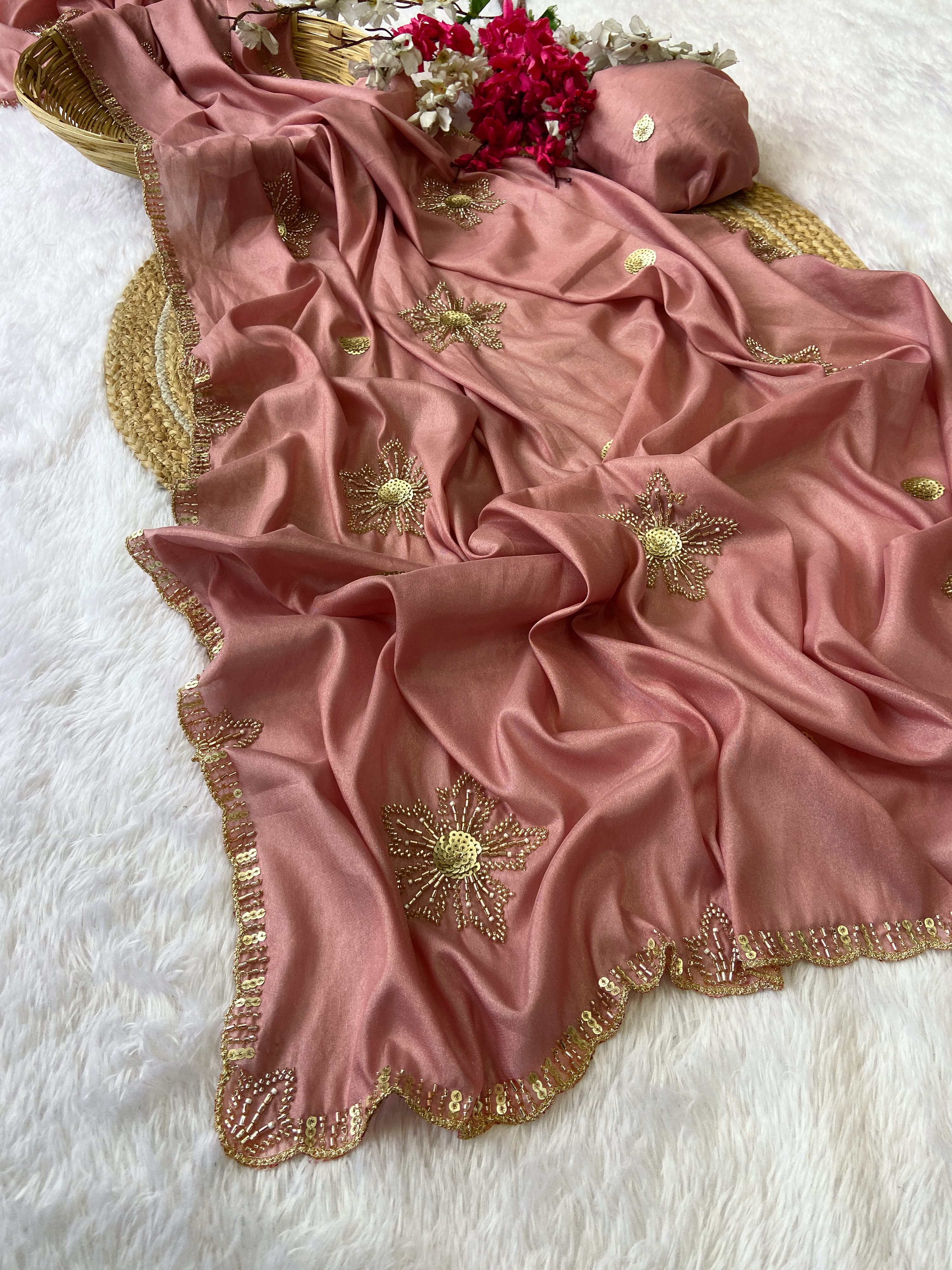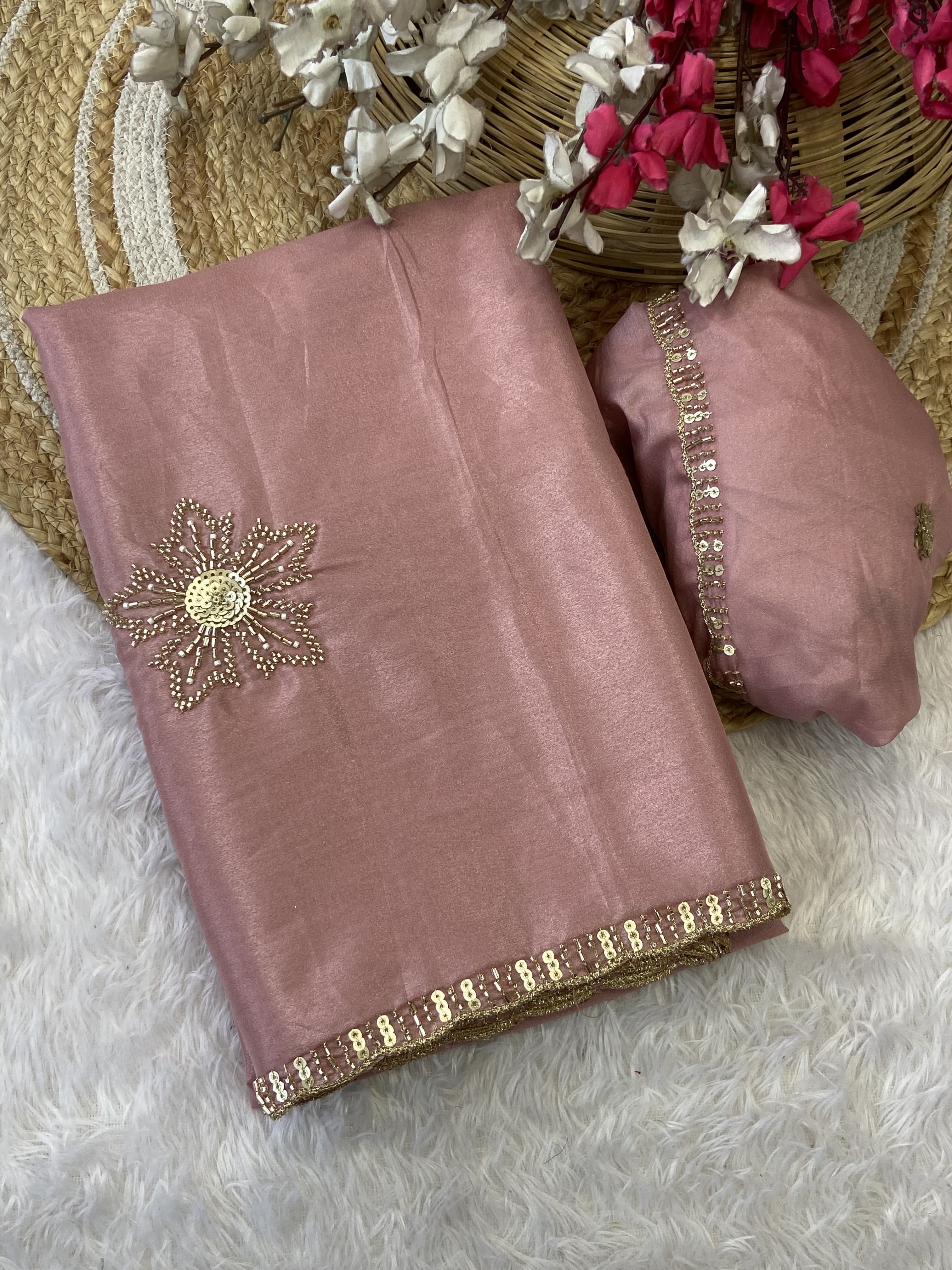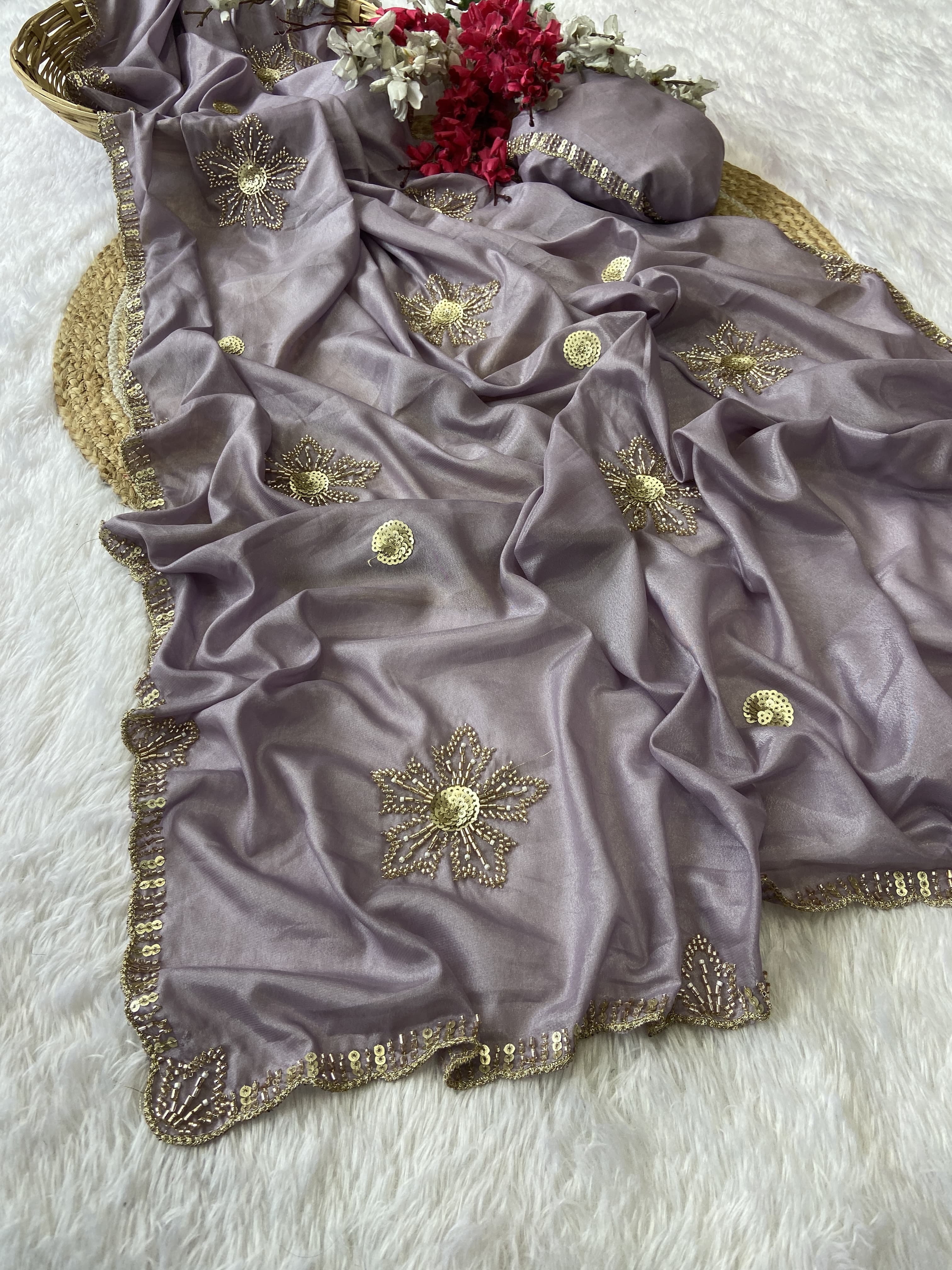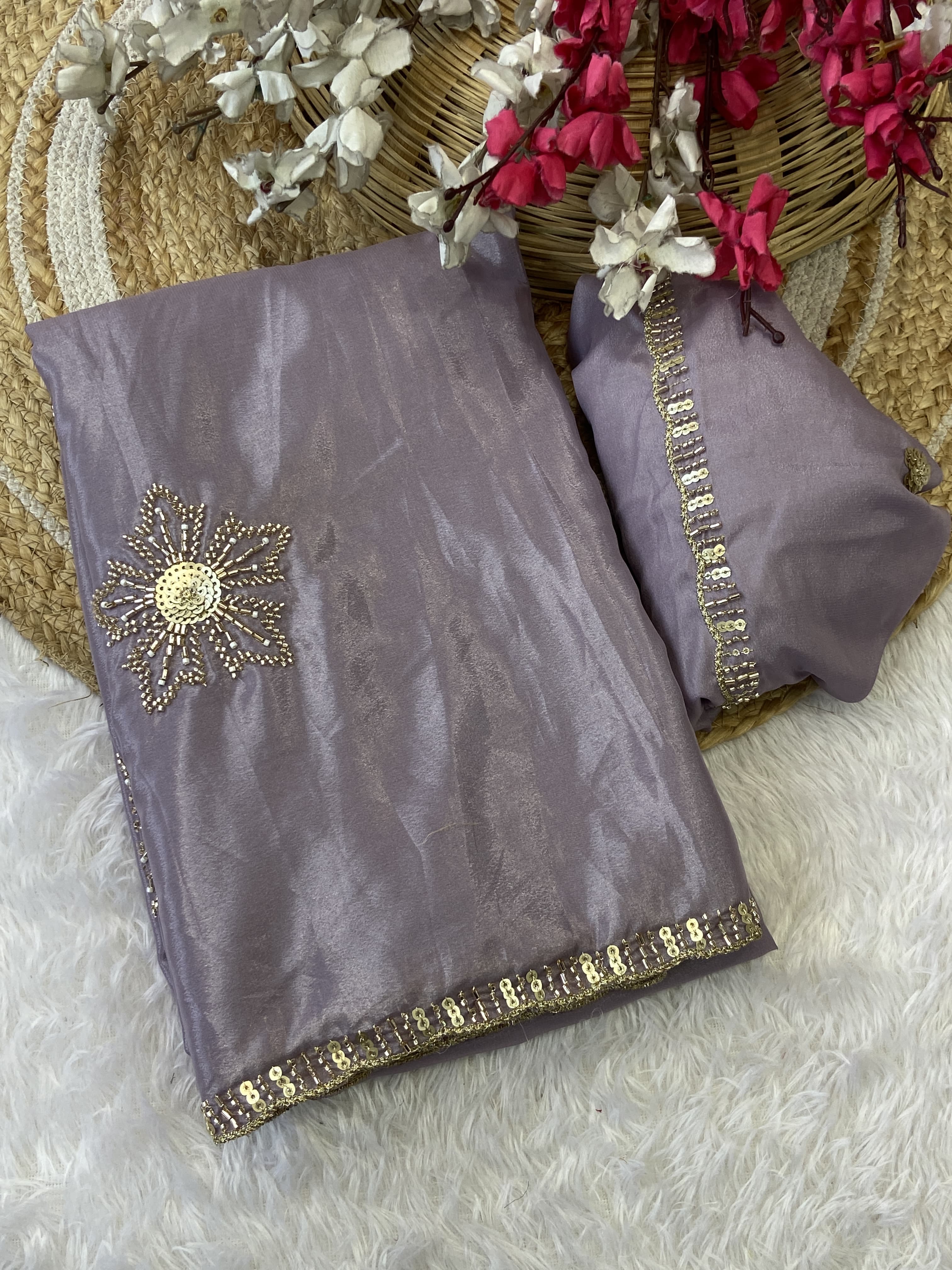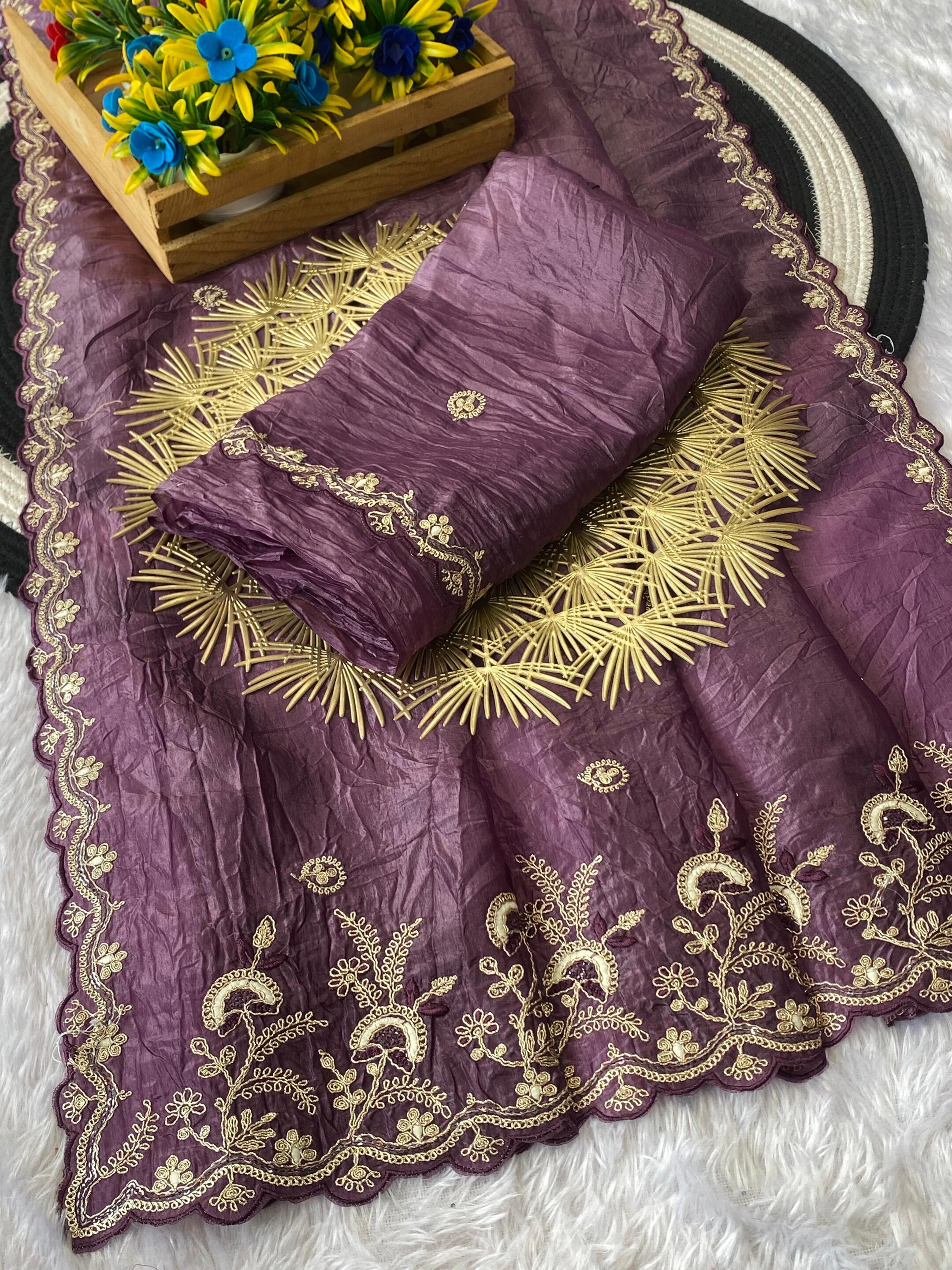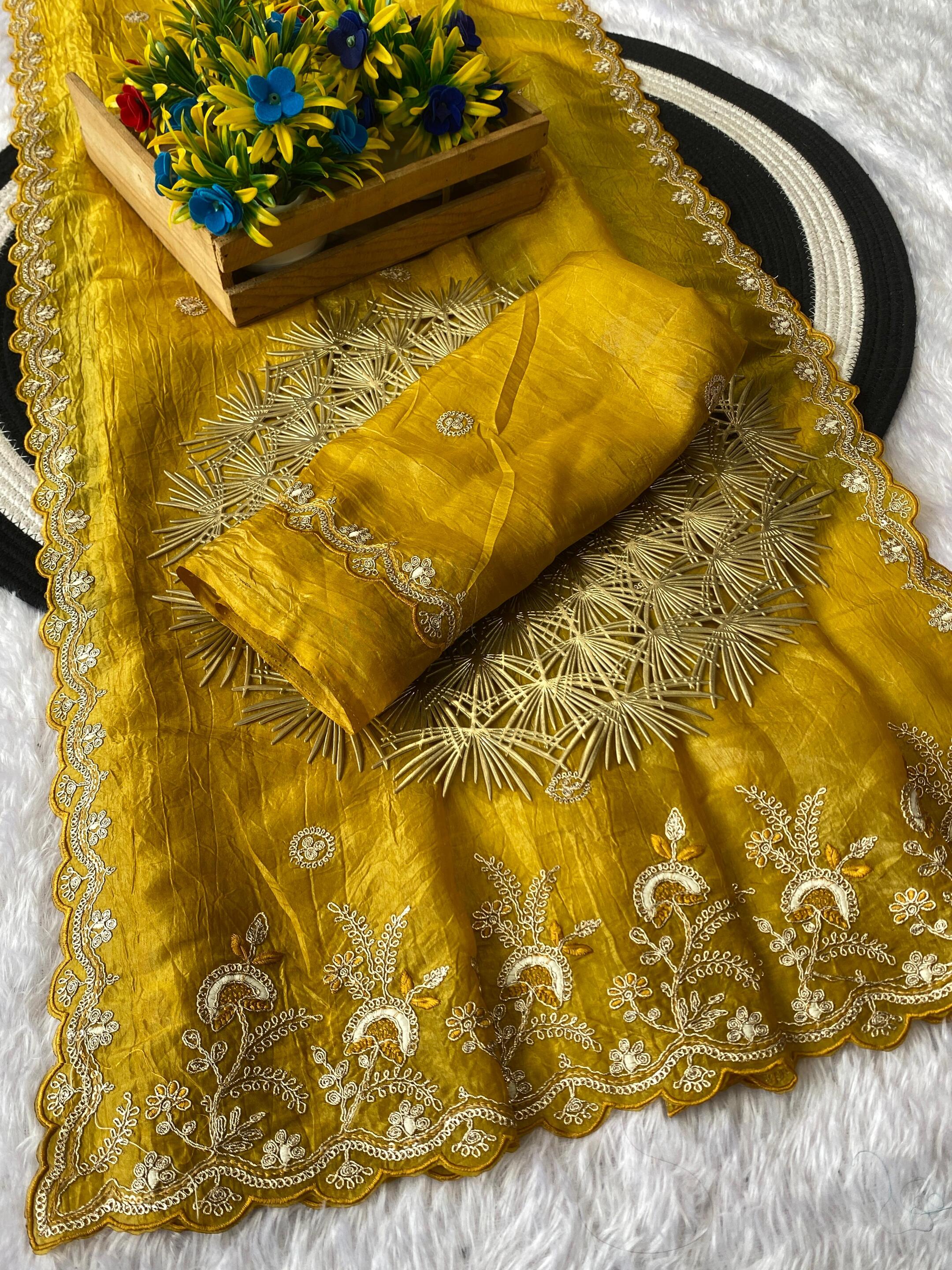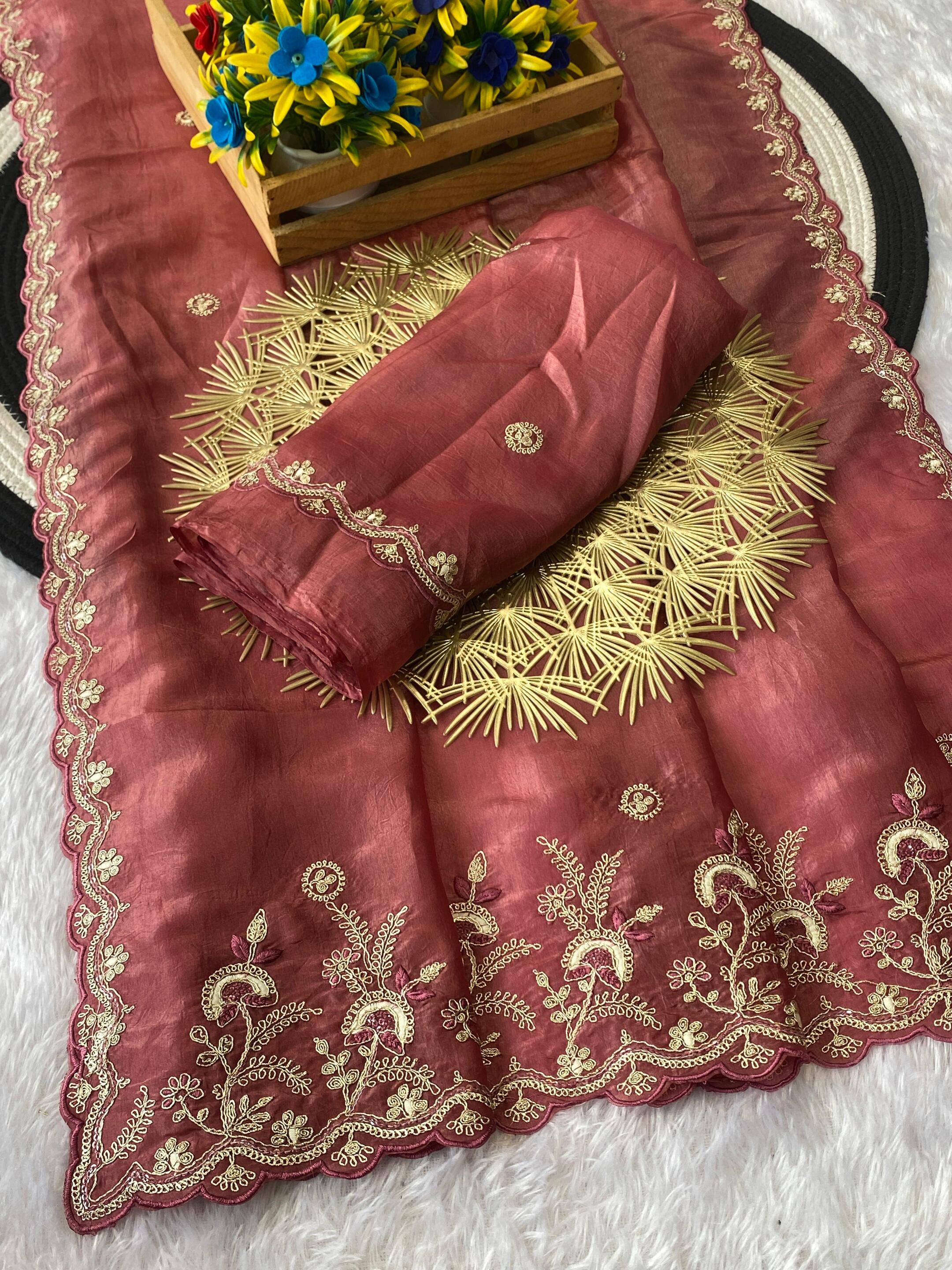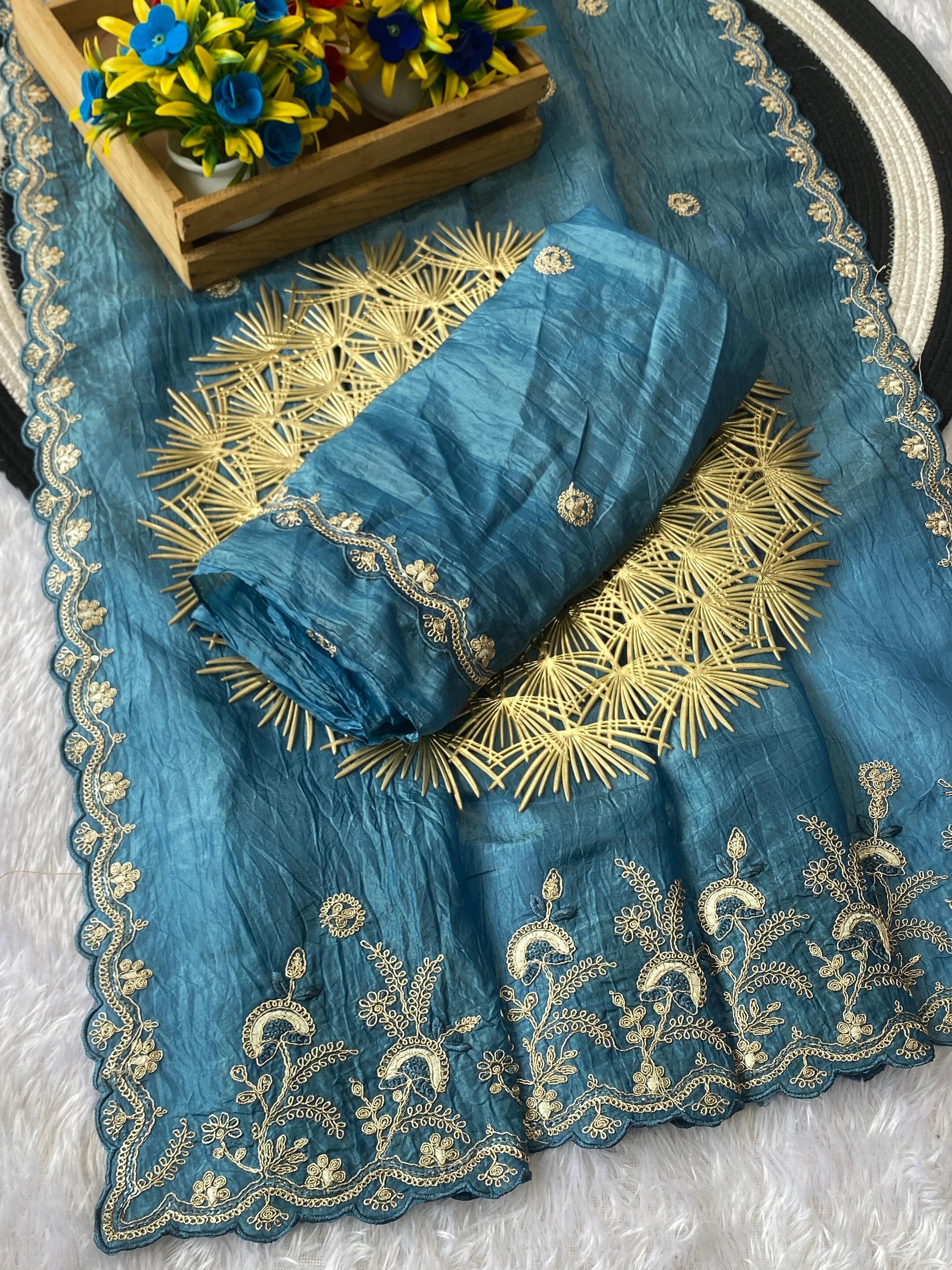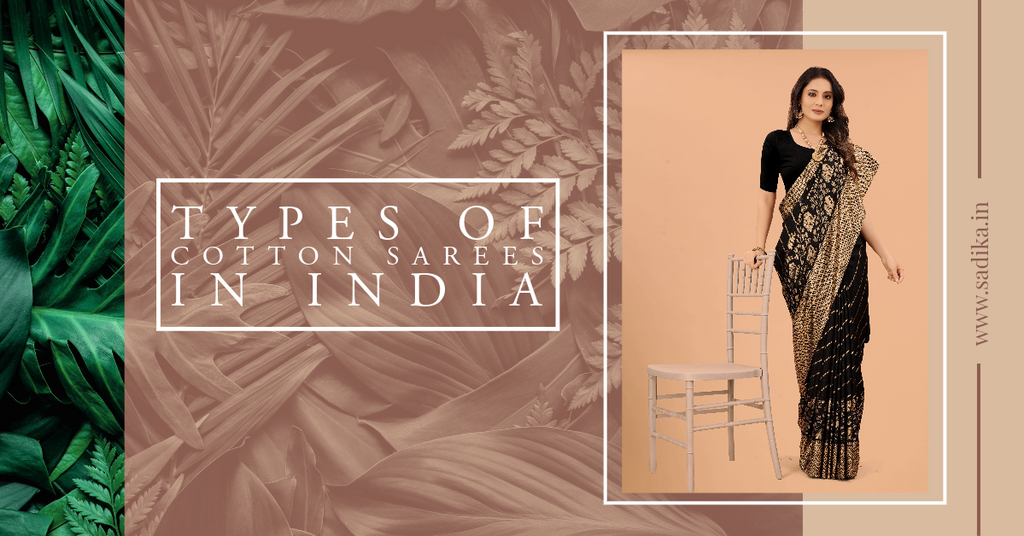
Types of Cotton Sarees in India

Sarees are an exquisite part of Indian culture and fashion. They have transcended generations and continue to be an elegant, comfortable, and versatile outfit for women across the globe. This beautiful piece of art has evolved into various types after having a rich history, and these types have their own unique elegance and charm, from which the cotton sarees hold a special place among the all types of sarees available.
Let's explore the world of cotton sarees by exploring their different types, unique weaving techniques, variety of prints and designs, and the specialty of cotton sarees, that is, the material of them. These cotton sarees are not just any garments, but they shed light on Indian culture, traditions, and artistic expression. Whether you are a saree enthusiast or a fashion aficionado, this journey through the diversity of cotton sarees will give you information about their various types and their care and maintenance, also it will provide you the knowledge of their cultural significance.
According to different types of weaving techniques, cotton sarees can be categorized into these types:
1. Handloom cotton sarees:
These sarees are a sign of love and are crafted by skilled artisans who have expertise in thread weaving techniques. Some of the hand loomed sarees are Tant sarees and Chanderi sarees.
2. Powerloom cotton sarees:
These are machine-woven pisces, and so they are more affordable than handloom sarees. These types of sarees are comfortable and maintain the elegance of cotton fabric.
3. Khadi sarees:
This kind of saree is more expensive compared to other cotton sarees because the fabric used in this type is hand-woven. These sarees are more simple and self-sufficient and more soft and comfortable than other cotton sarees.
If you are a saree enthusiast, here are a few types of cotton sarees that you must know about:
1. Chanderi cotton sarees:
These sarees are made of cotton, or sometimes a blend of silk and cotton both. These sarees are known for their sheer texture, zari work, and lightweight fabric that drapes so wonderfully. This type of cotton saree is suitable to be worn in any formal gathering or celebration.
2. Bandhani cotton saree:
These sarees are more popular in Gujarat and Rajasthan. They have the uniqueness of the tie-dye technique, which creates different types of dot-circle pattern designs. Designers use bright colours for bandhani sarees, these sarees are popular for festivals, cultural occasions, and celebrations.
3. Tant cotton sarees:
This type of cotton saree is from West Bengal, it is lightweight and is mainly popular for its artistic jamdani work. These sarees have attractive designs on them that are inspired by mythology, nature, and traditional culture. The vibrant colours used for these sarees have made them the perfect choice for informal as well as formal functions; they are also perfect for daily wear.
4. Maheshwari cotton sarees:
Maheshwari cotton sarees are also hybrid fabricated sarees, which are a blend of silk and cotton. These sarees are known for their unique and distinctive design elements, such as borders and pallus. Some Maheshwaris also have a combination of stripes, checks, and floral patterns. The adorable motifs make them perfect for special occasions.
5. Khadi cotton sarees:
These hand-woven sarees are made from hand-spun cotton and have a natural texture and minimalist charm. These sarees are usually plain and have unembellished designs, which exude simplicity and elegance by allowing the focus to be on the uniqueness of their fabric. They are mostly popular for their earthy and pastel shades.
6. Kota Doria sarees:
Kota Doria (thread) cotton sarees originated in Rajasthan and are famous for their unique weave and lightweight. These sarees have chequered and striped designs. These designs are ideal for dry and hot climates, like Rajasthan. Graceful drapes and timeless charm are the specialties of this saree, which make it comfortable for the daily wear of many women. These sarees are suitable for formal as well as casual occasions.
7. Ikat sarees:
Ikat sarees are made by a particular technique involving tying and dyeing the yarns before they are woven into the fabric, which makes for the pretty amazing blurred and feathered edges of the motifs. These sarees are available in both pure cotton and silk fabrics. However, cotton ikat sarees are more comfortable, which makes them suitable for everyday wear.
Now to ensure that your beautiful cotton saree remains beautiful forever, you need to properly take care of it. Thus, here are some essential tips to care for and maintain your cotton saree:
1. Washing:
Gentle washing by hand is the best way to clean the cotton saree. You should use cold water and can use mild detergent. Harsh detergent and bleach may cause colour fading and damage to the fabric of the saree. Moreover, wash cotton sarees separately from other cloth to prevent colour bleeding.
2. Drying:
Always dry your cotton saree away from direct sunlight; if possible, try to dry it by hanging it in the shade, which prevents colour fading and fabric damage.
3. Ironing:
Cotton sarees should not be ironed at high heat; it may cause burn patches on the saree. So iron the saree on low or medium heat. Also, a tip for ironing a cotton saree is to do it so on the reverse side of the saree; this will prevent any damage to embellishments.
4. Storage:
Store cotton sarees in dry, cool places where they are kept away from direct sunlight. Keep them clean, and do not hang them for a long period of time, as they may lose their fabric.
FAQs
1. What are some different types of cotton sarees?
There are many beautiful types of cotton sarees. You can find information about types like Khadi, Kota Doria, Chanderi, Ikat, and Bandhani in this blog.
2. What makes handwoven cotton sarees so special?
These handwoven sarees represent the cultural heritage of India. The craftsmanship and tradition that go into creating handwoven cotton sarees make them special.
3. How should I care for my cotton sarees for their longevity?
There are some essential tips mentioned in this blog for washing, storing, and maintaining your cotton sarees, from festive celebrations to daily wear.
4. On what occasions should I wear cotton sarees?
Cotton sarees are suitable for weddings, festivals, formal as well as casual occasions, and special events.
5. Can I find contemporary designs in traditional cotton sarees?
Yes, certain sarees are there blending traditional and modern aesthetics to create cotton sarees. This combination of unique draping styles that caters to various tastes and occasions.


